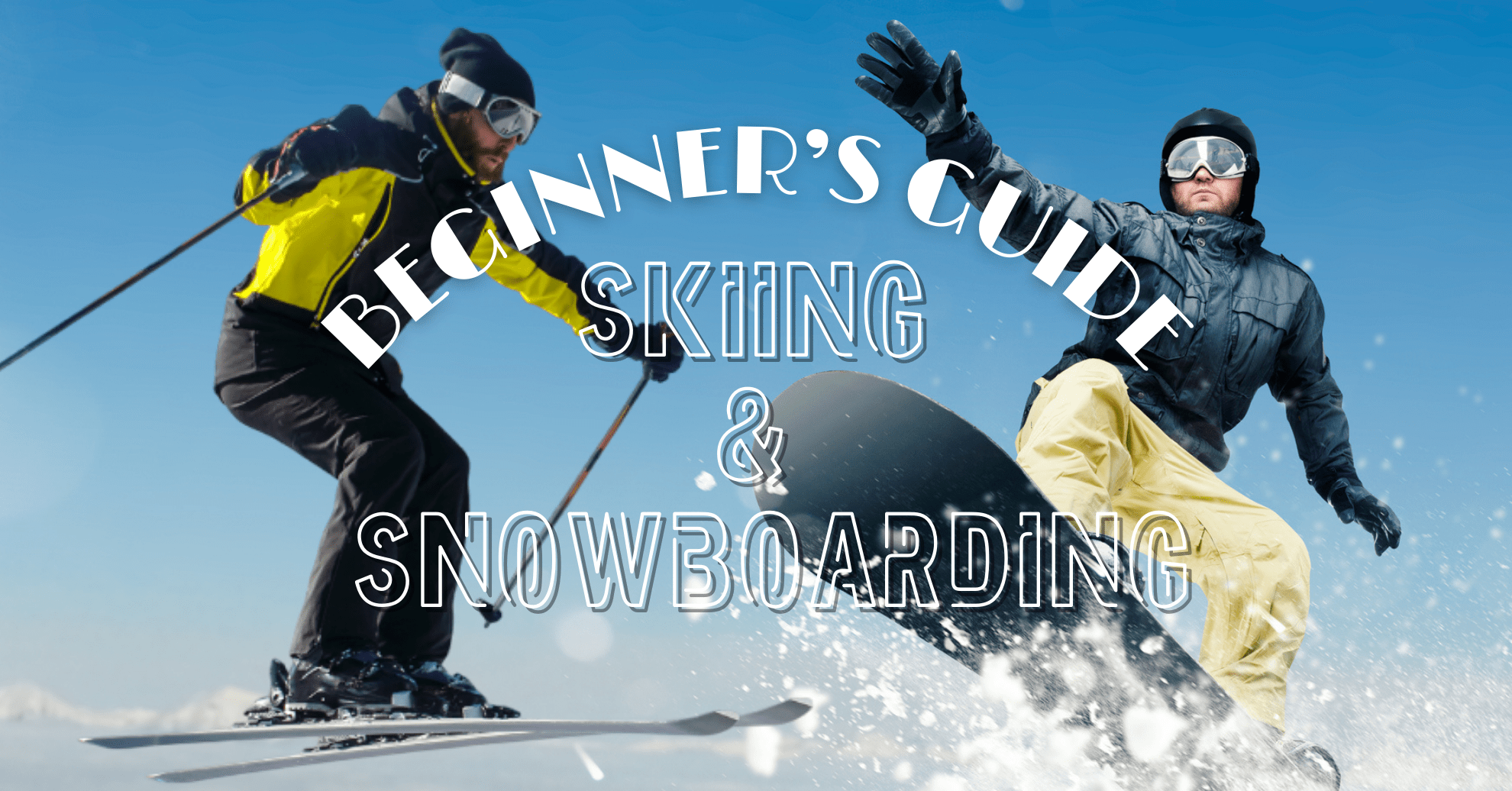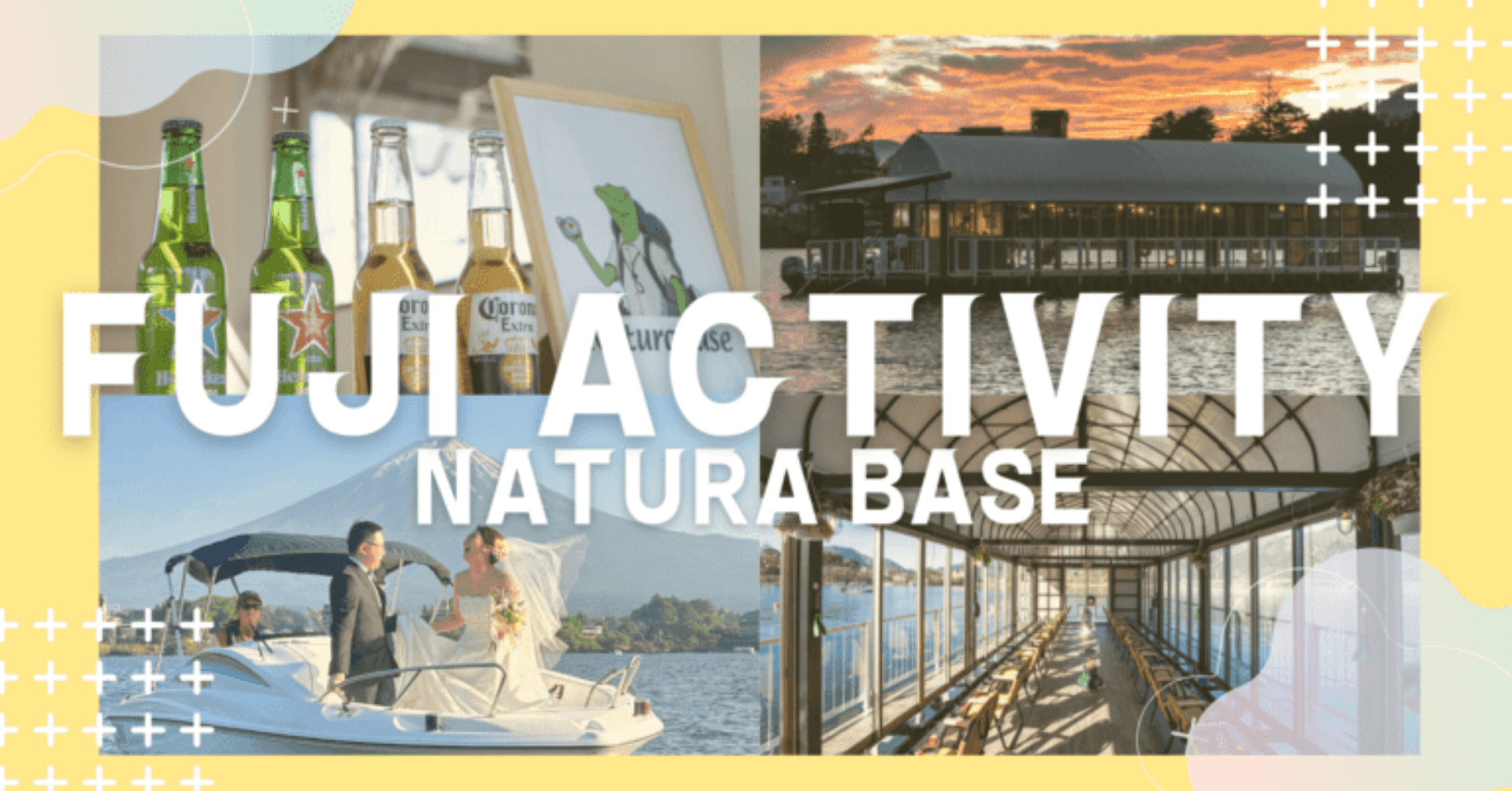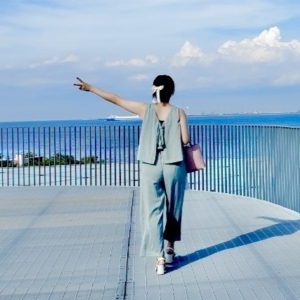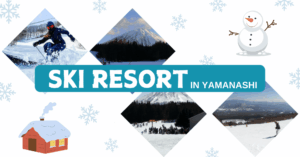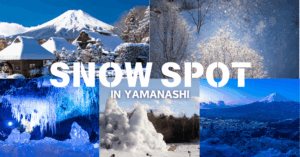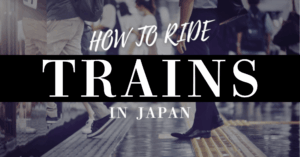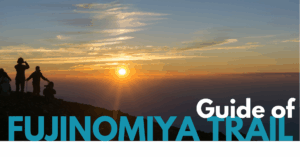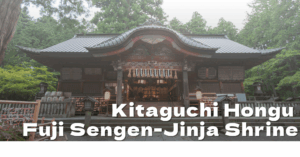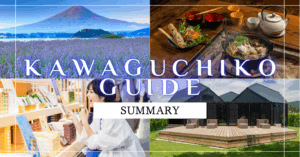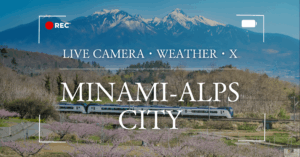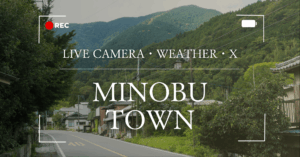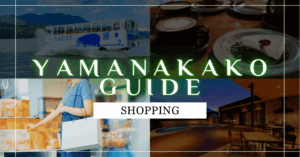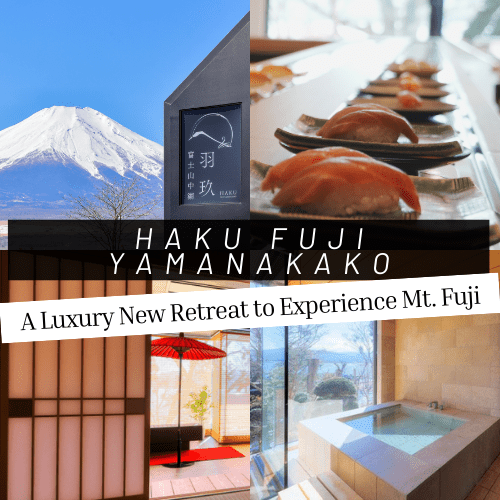Snowboarding and skiing are among the most popular winter sports.
For beginners, learning the basic knowledge and techniques is the first step toward a fun and fulfilling time on the slopes.
In this article, we’ll introduce beginner-friendly riding techniques and even some simple tricks you can try with confidence.
We’ll also cover the fundamentals of skiing, recommended gear for newcomers, and highlight ski resorts in Yamanashi Prefecture where you can put your skills into practice.
Packed with helpful tips, this guide is perfect for anyone who wants to start their snow sports journey this winter!
About Snowboarding
Basic Knowledge
Basic Stance
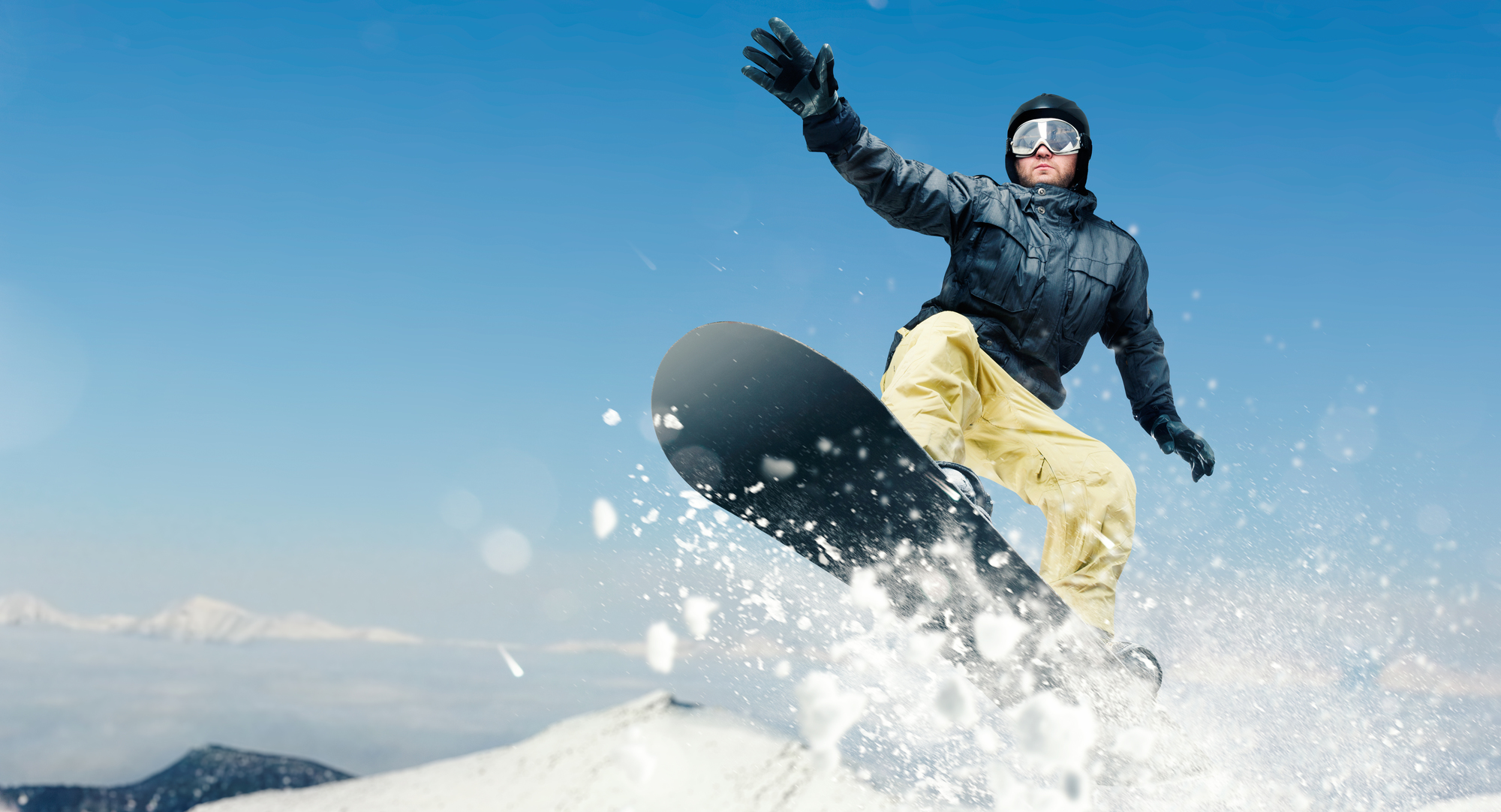
The most important posture in snowboarding is the neutral stance, which allows you to move easily into any position.
When you set your feet on the board, make sure to stand in the center and keep your knees slightly bent for stability.
While riding, always keep your knees flexed. Beginners will find it easier to balance if they extend both arms to the sides.
Recommended Beginner Technique: “Leaf Fall”
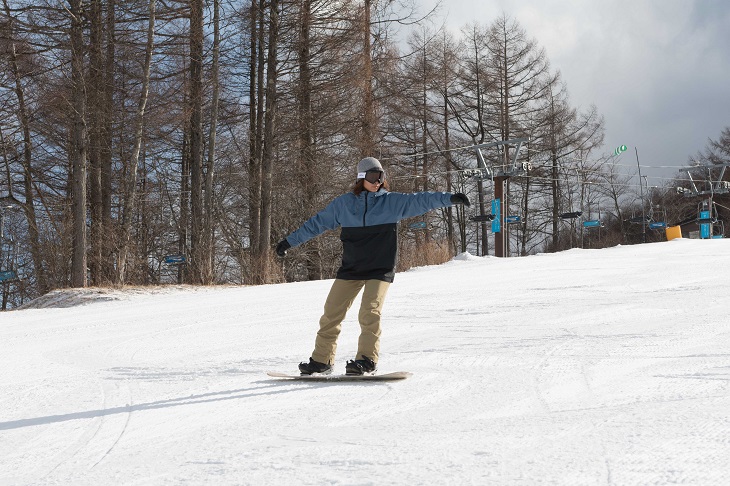
One of the best techniques for beginners is the “Leaf Fall”, which mimics the way a leaf drifts down a slope.
It’s a slow, controlled movement that helps you learn how to manage speed and understand turning.
Start in a side-slip position, keeping the board across the slope. Shift your weight onto your front foot, look in the direction you want to go, and the board will naturally glide that way.
Practicing this technique is essential for building your foundation—be sure to give it a try!
How to Stop
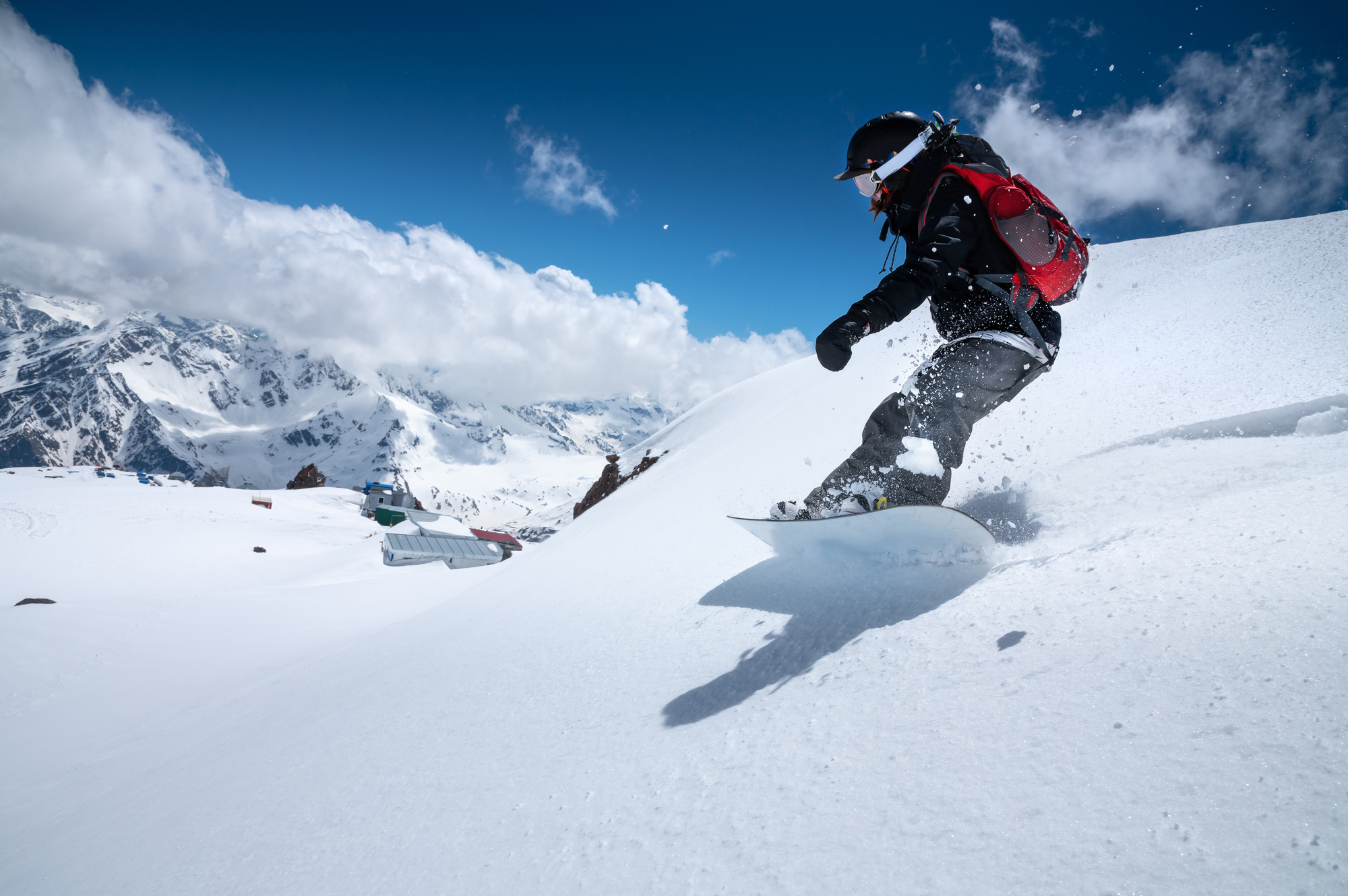
To stop safely, turn your board sideways across the slope. Lean your body slightly backward, relax your upper body, and press the board firmly into the snow to reduce speed.
Avoid making sudden stops in crowded areas; instead, gradually slow down. With practice, you’ll master it—start on flat terrain to get comfortable.
How to Fall Safely
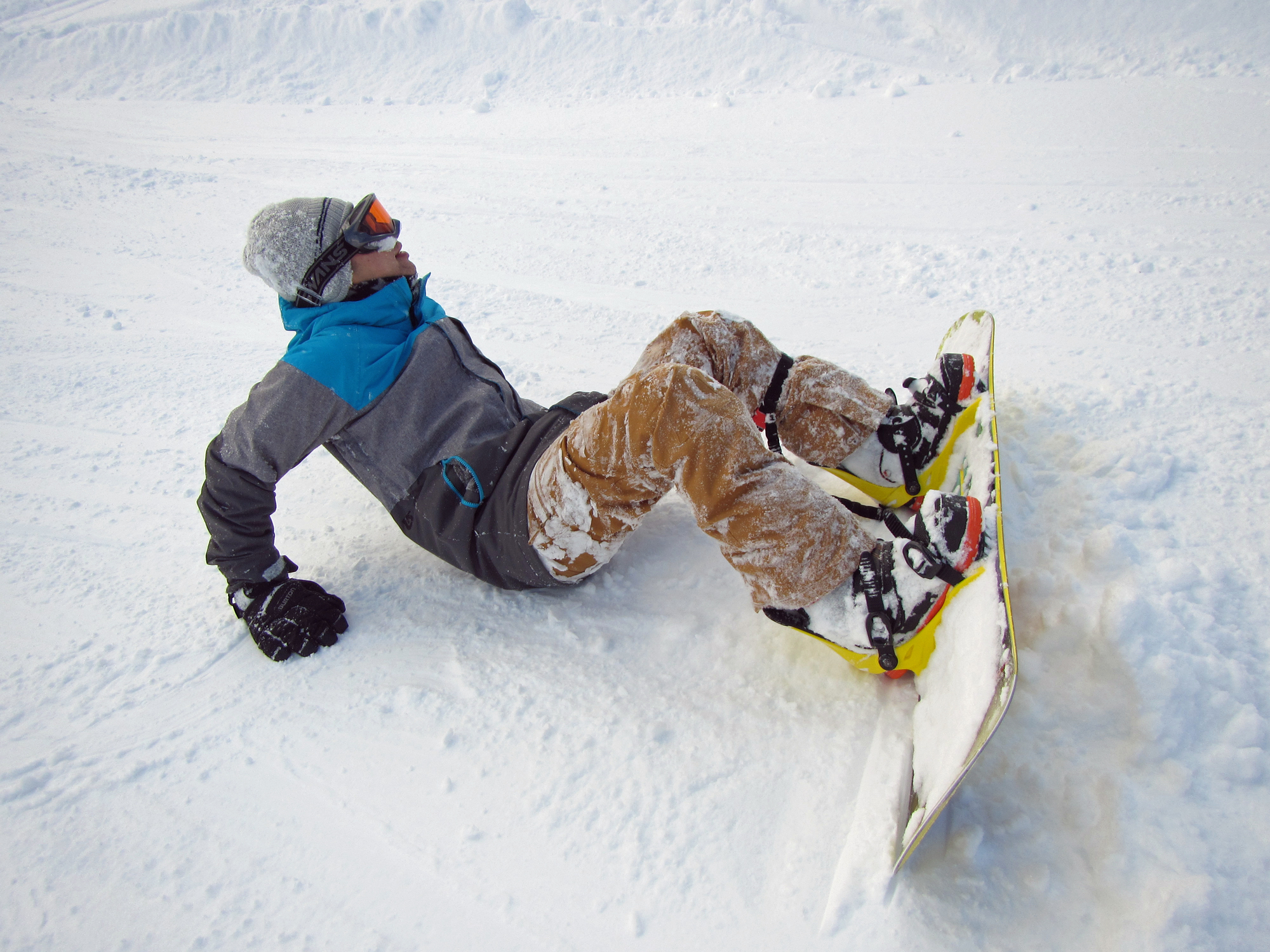
Since both feet are fixed to a single board, beginners often feel nervous about falling. But knowing how to fall safely will prevent injuries and keep your sessions fun.
If you feel like you’re about to fall, crouch down and try sliding onto your elbows or hips to reduce impact. If that’s not possible, fall forward onto your stomach.
Avoid bracing yourself with your hands, as this increases the risk of sprains or fractures. Instead, spread out the impact with your whole body, almost like a head-first slide, to reduce the force.
How to Stand Up After a Fall
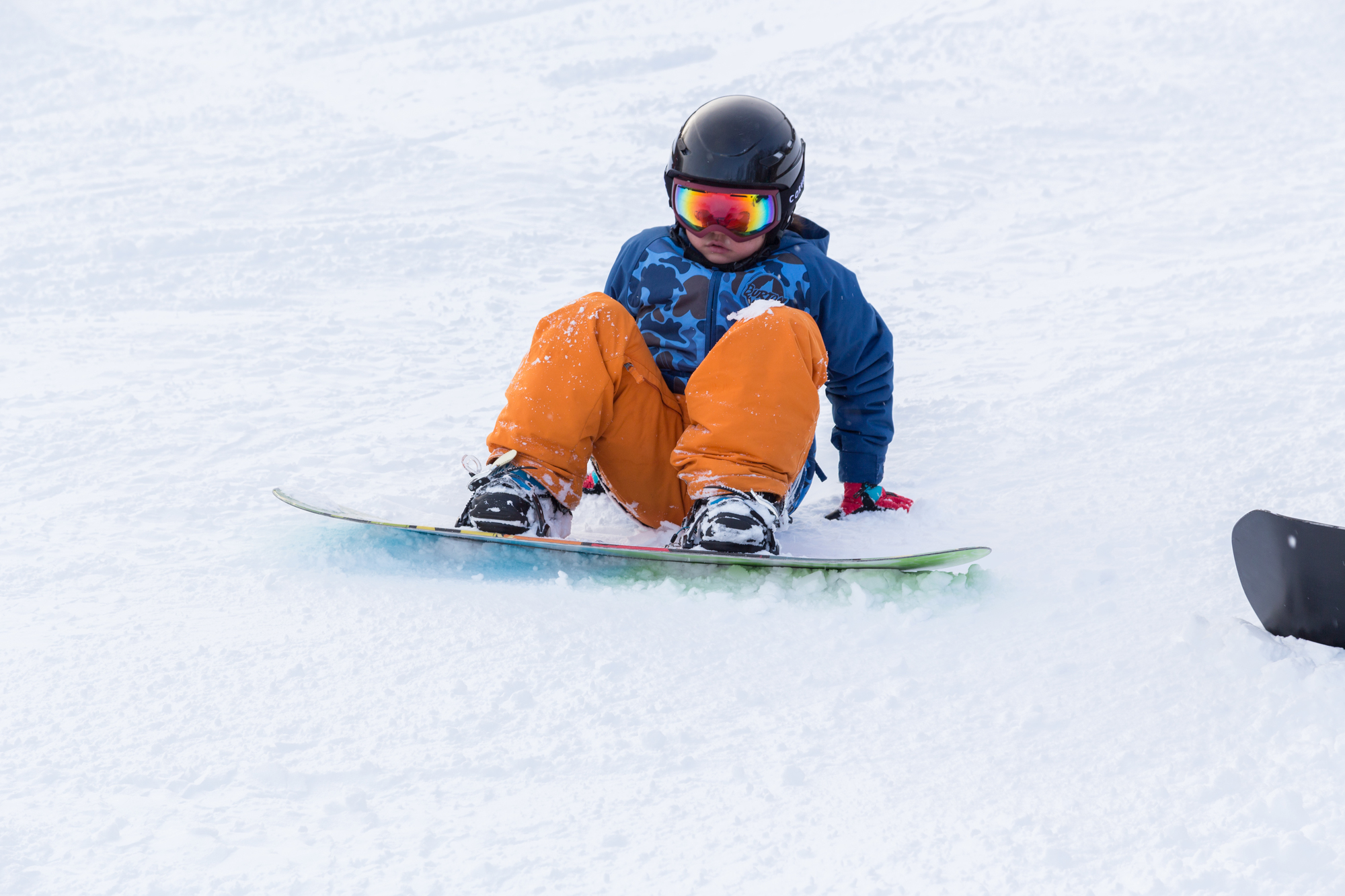
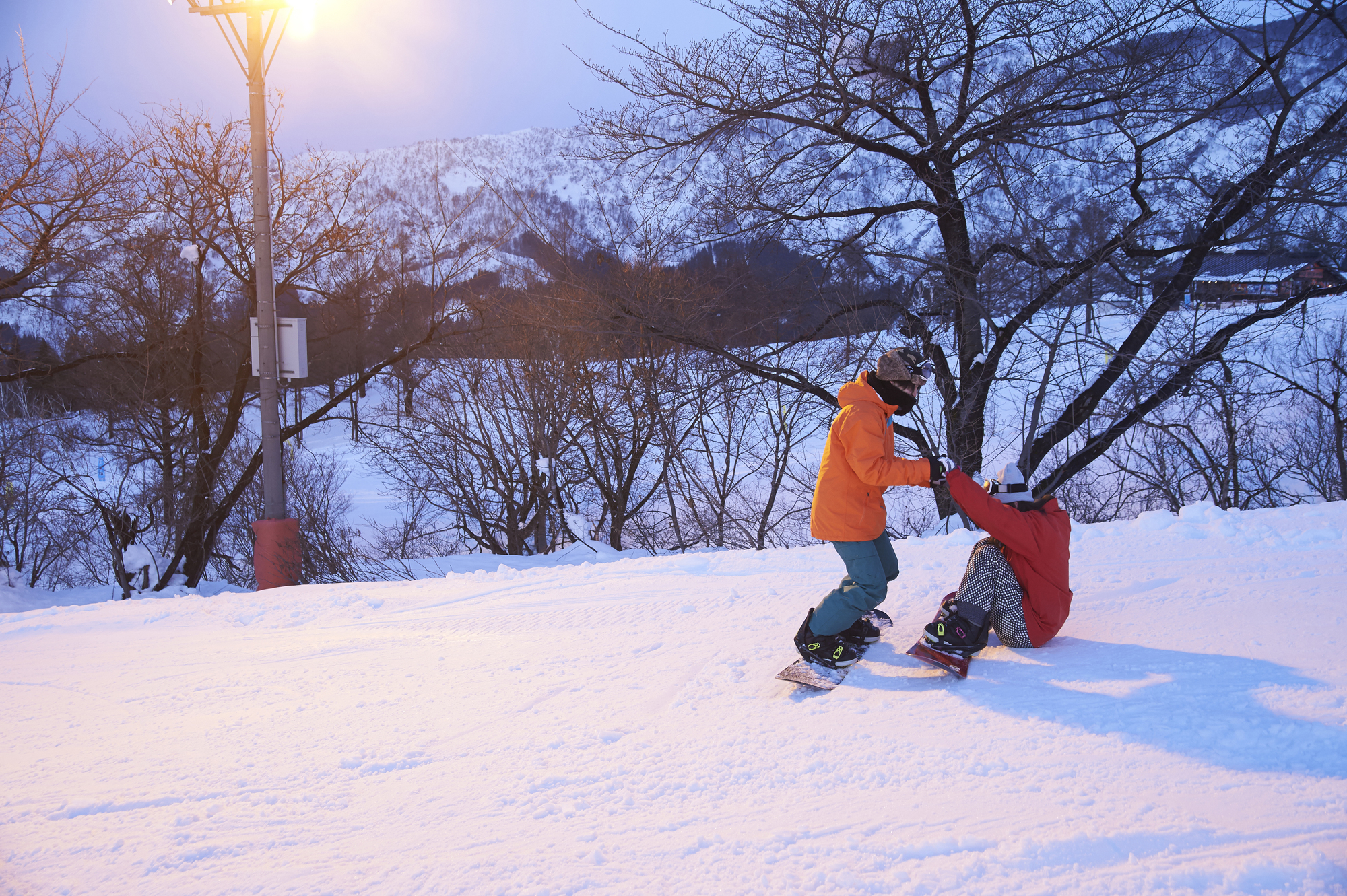
Practice standing up smoothly so you can get back to riding quickly. Start by kneeling, use your hands to support yourself, and pull your back foot closer to the board before rising.
Flat ground is best for practice. If you’re with friends or family, ask for a hand to help you up.
If standing is too difficult, move to the side of the course, release one foot from the binding, and then stand. Staying down too long in the middle of a slope can be dangerous, so aim for smooth and quick movements.
Using the Lift (Getting On & Off)
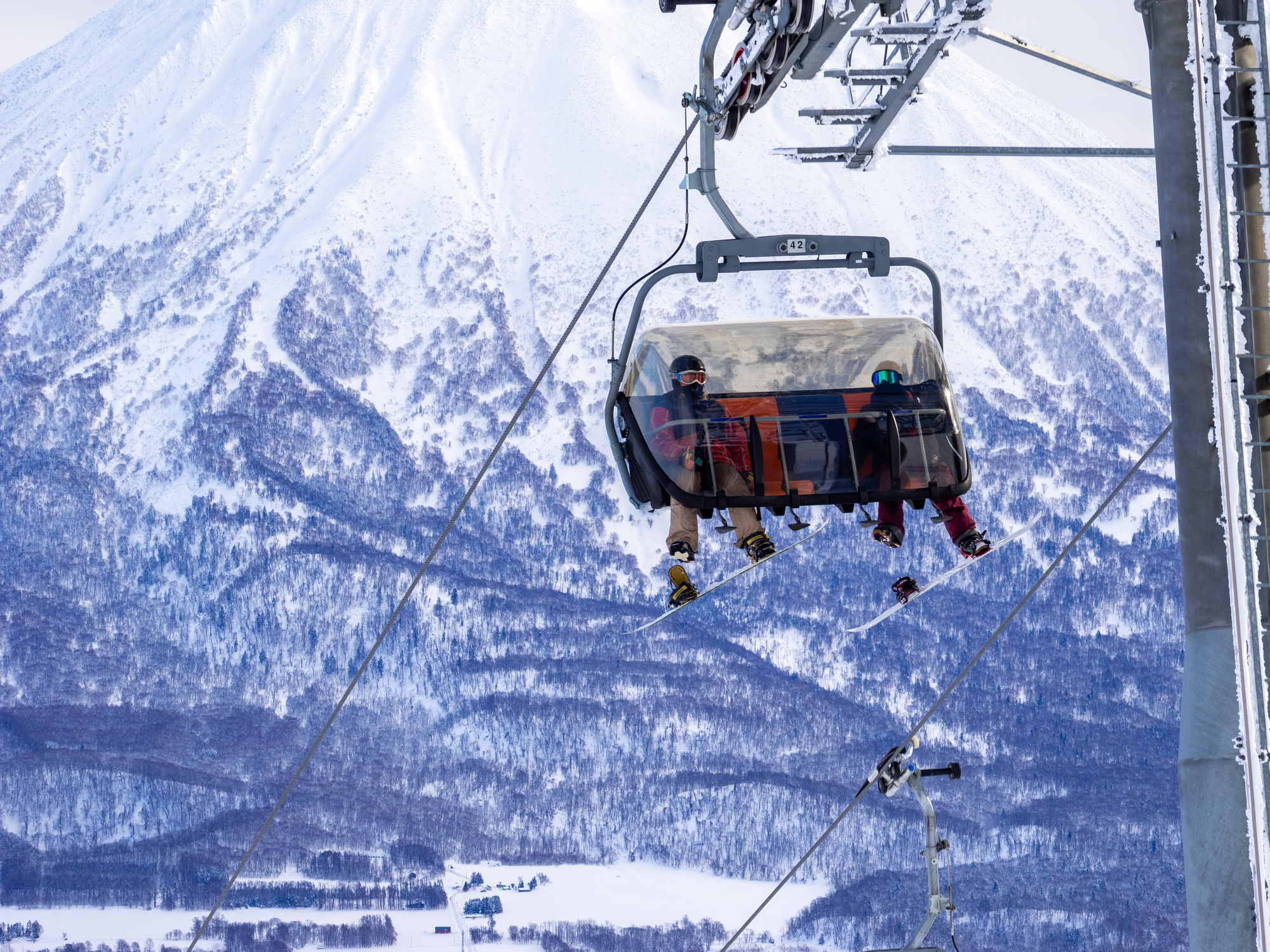
Before boarding the lift, release one foot from the binding (the device that secures your boot to the board).
When the lift arrives, position your board straight, look back to confirm the lift, and sit down calmly. During the ride, stay relaxed and avoid sudden movements.
To get off, simply slide straight down and quickly move away from the unloading area. Reattach your binding in a safe spot, such as the designated binding area.
Lift staff are always on hand at the boarding and unloading zones, so be sure to follow their instructions.
Easy Tricks for Beginners: Snowboard Skills You Can Try
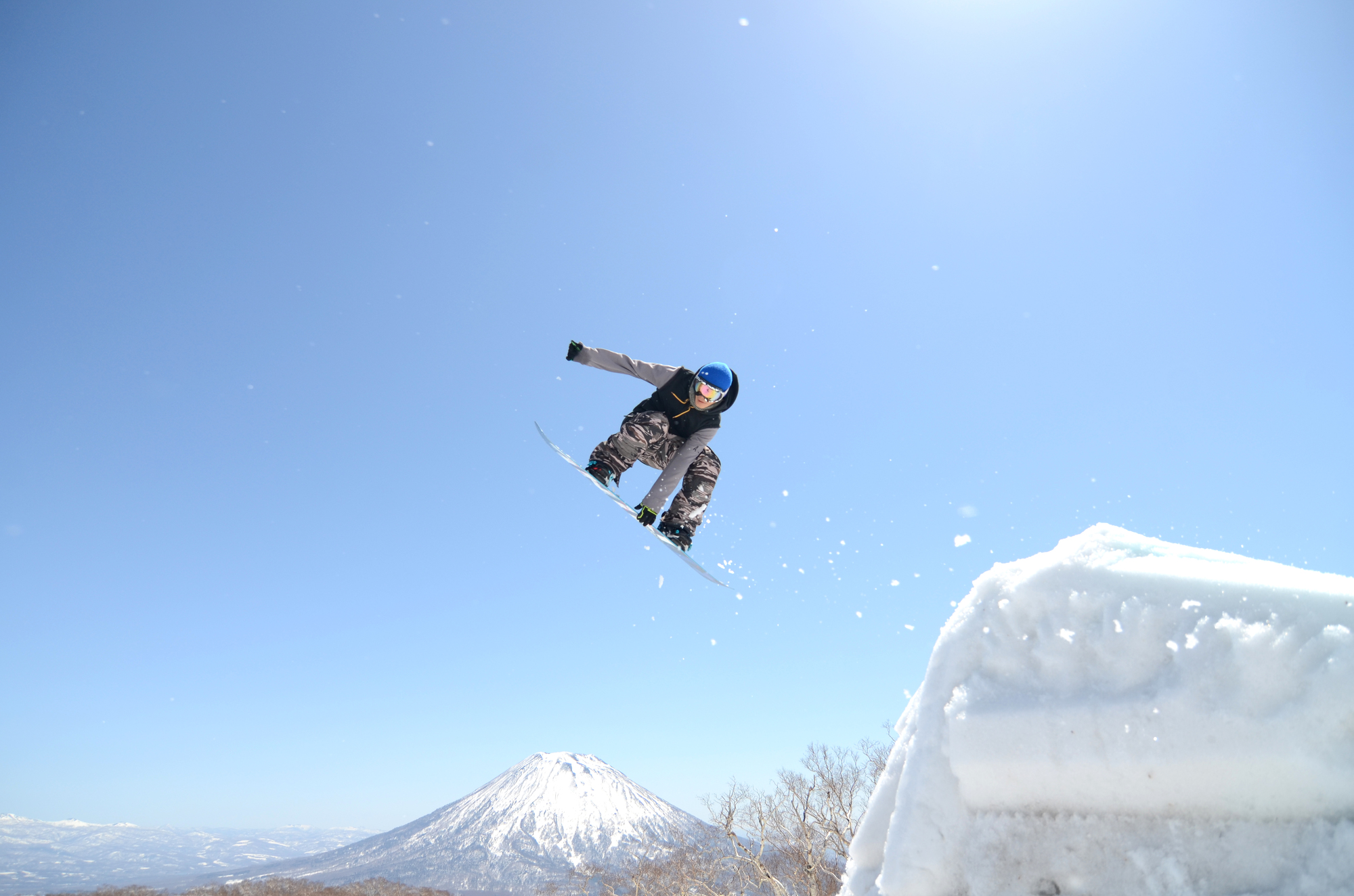
Snowboard tricks look cool and exciting, and once you succeed, they’ll give you confidence and make your sessions even more fun with friends.
Here are some simple tricks that beginners can try once they get comfortable on the board.
Ollie
The ollie is the action of bending your board and springing upward.
It is a fundamental technique for jumping and is essential for learning more advanced tricks.
Jump
Practice jumping using small hills or kickers.
When landing, bend your knees to maintain balance.
Slide
Slides involve riding over popular park features such as boxes and rails.
Maintain your basic stance, lightly hop onto the feature, and ride it smoothly to the end.
180° Turn
Rotate your body 180 degrees while jumping.
Start small and gradually increase your jump height as you gain confidence.
Essential Snowboarding Gear (All Available for Rental)
Snowboard
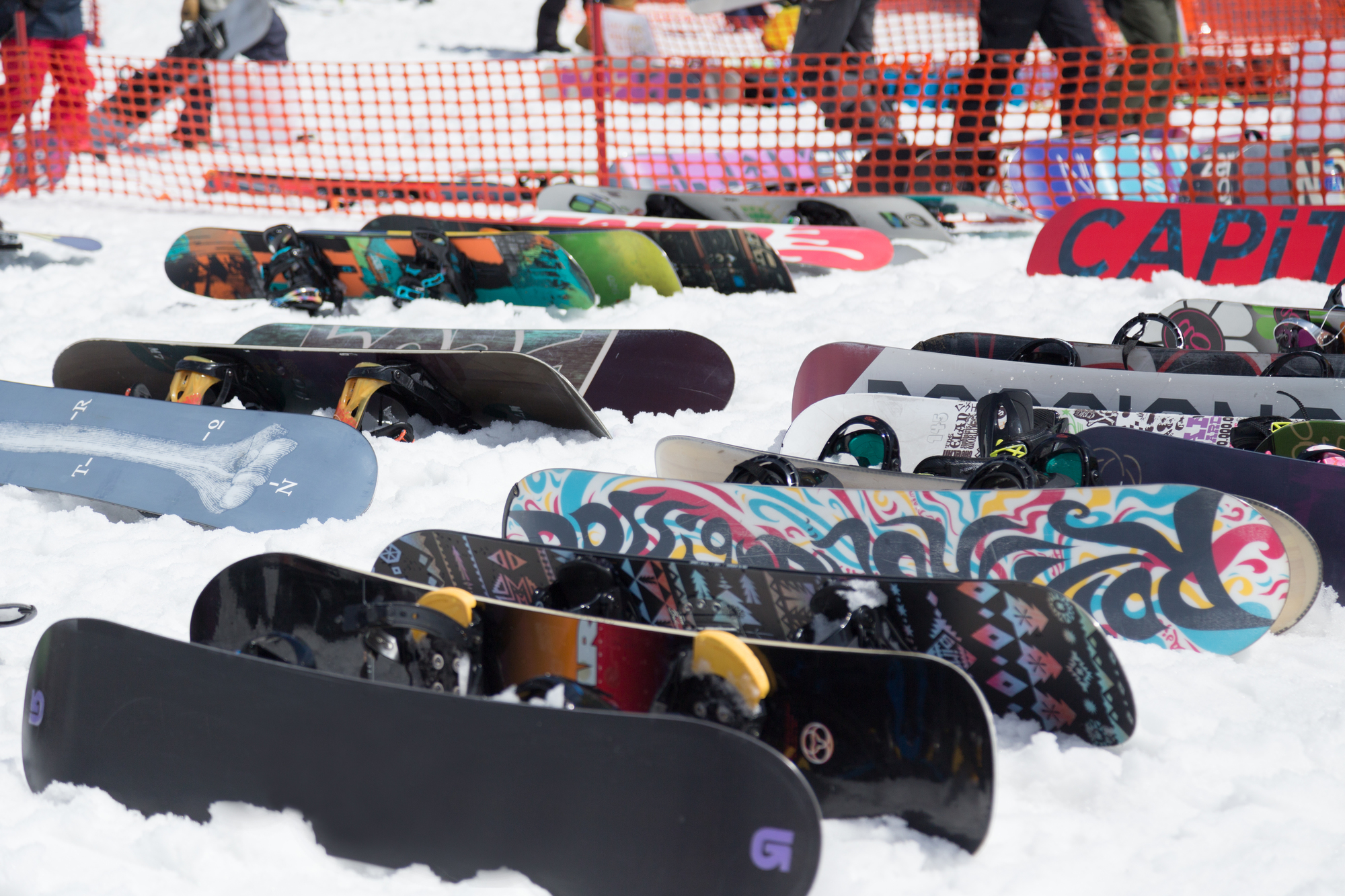
Choose a board size that matches your body type and riding style.
Bindings
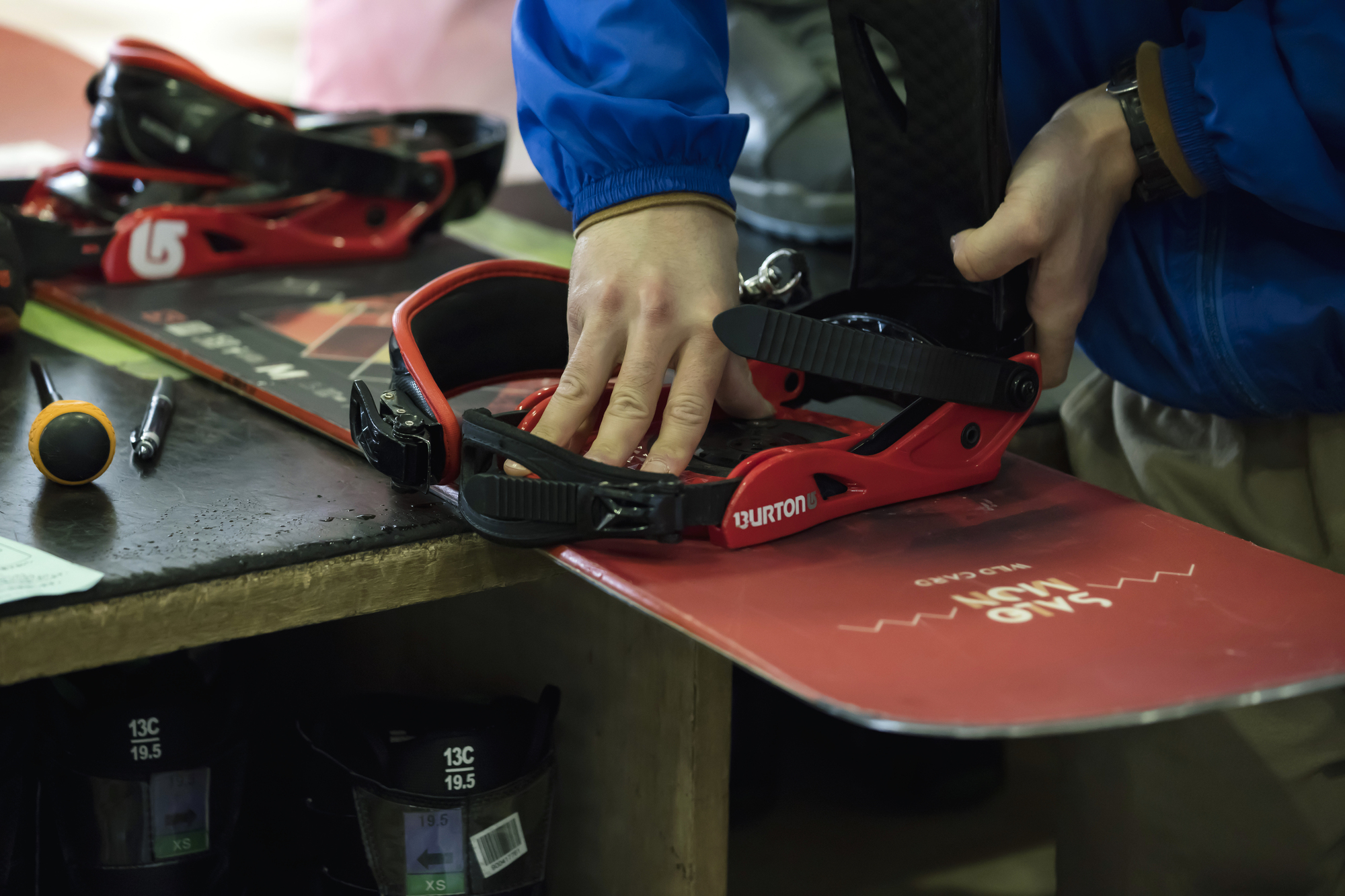
The part that attaches your boots to the board.
It’s important to select the right size for secure support.
Boots
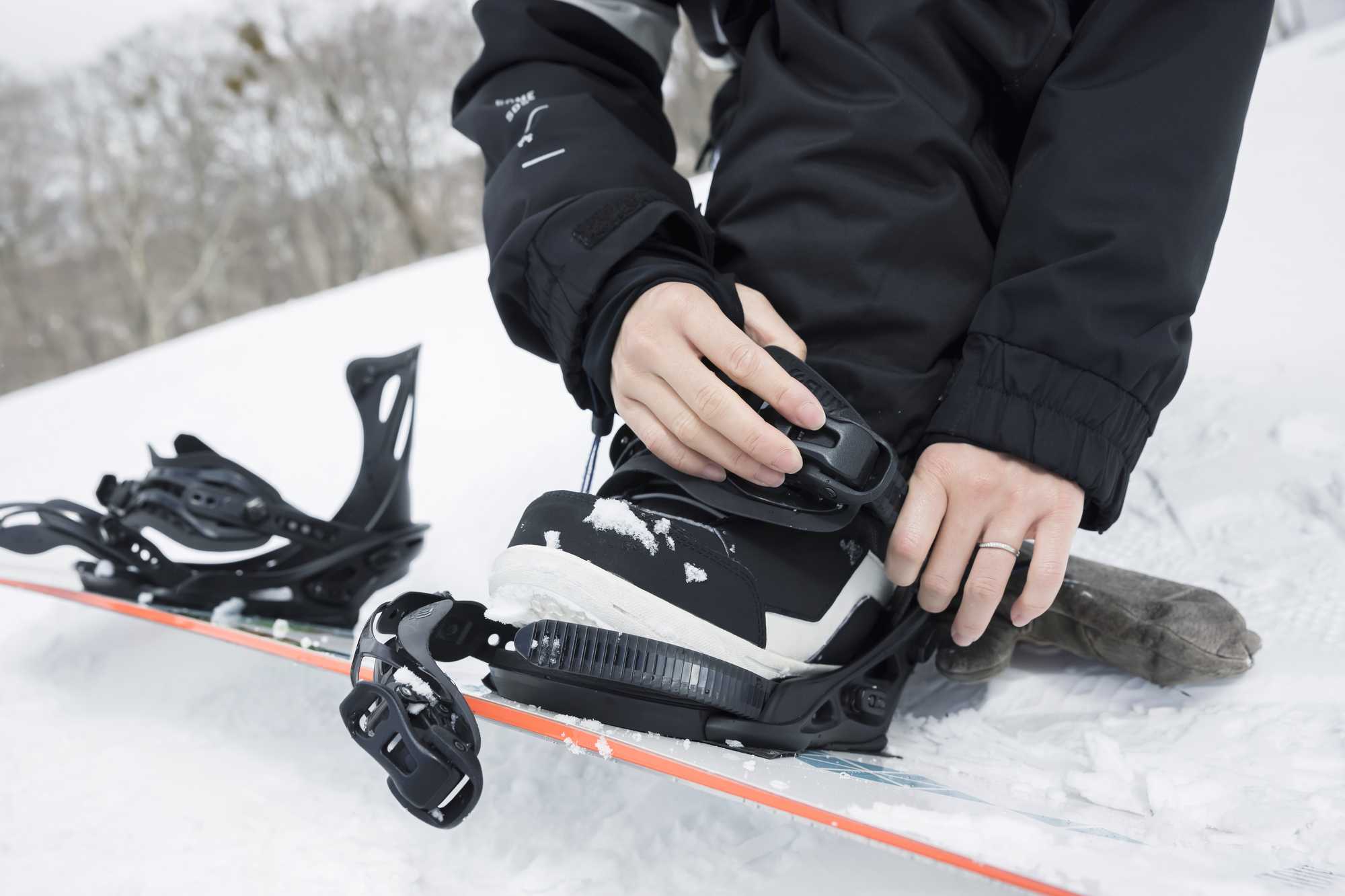
Specialized snowboard boots are required. These come in soft and stiff types.
Soft Boots
・Pros: More flexible and easier for beginners.
・Cons: Less stability at high speeds, harder to control sharp turns.
Stiff Boots
・Pros: Provide better stability at higher speeds, preferred by advanced riders.
・Cons: Restrict movement, making them less beginner-friendly.
❌ Can you ride in sneakers?
No. Sneakers don’t provide proper ankle support, which increases the risk of injury. They also don’t secure well to the board, making stable riding impossible. Choosing the right snowboard boots is crucial for safety and performance.
Outerwear
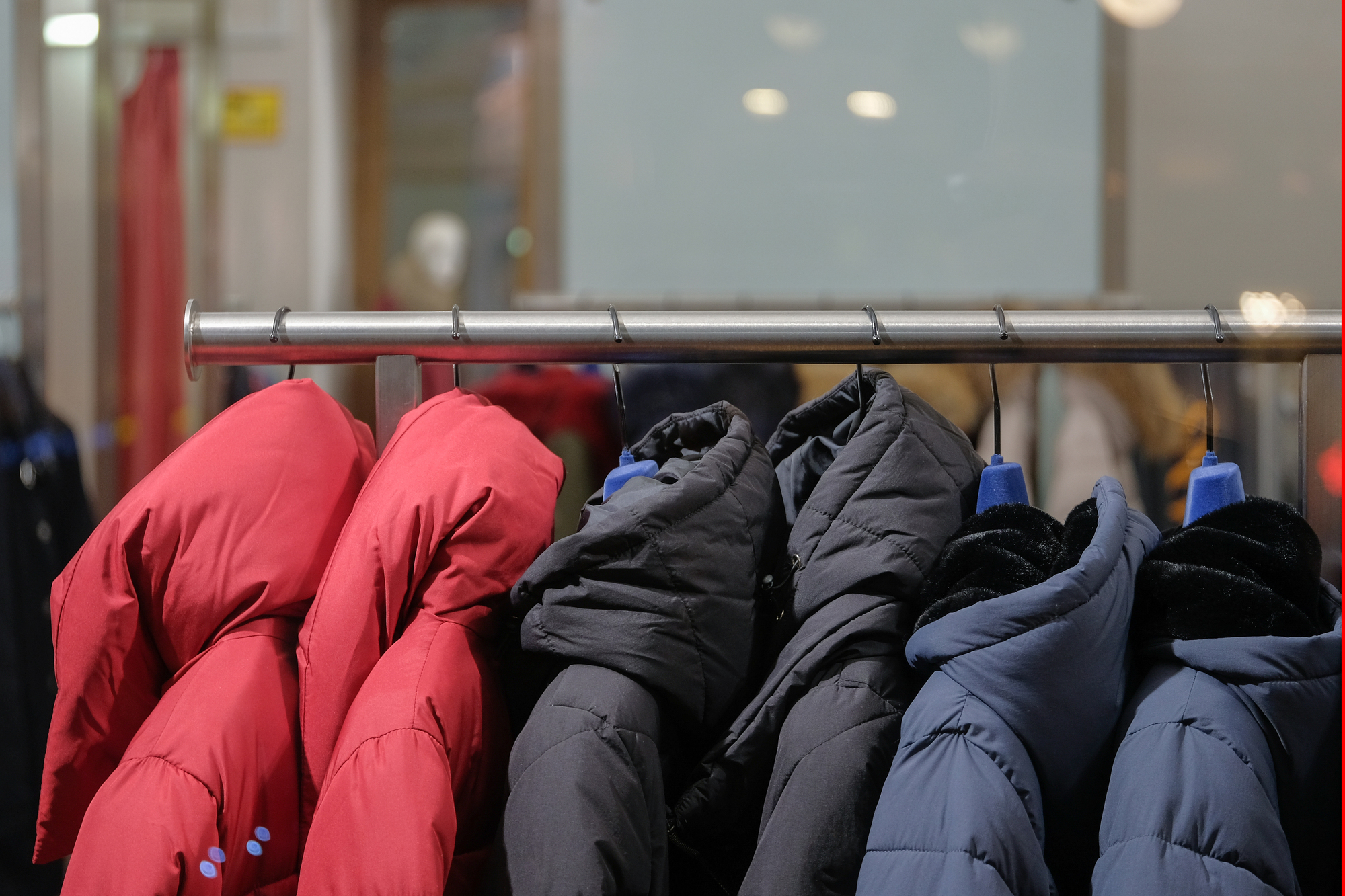
Waterproof and windproof jackets and pants. Choose gear that is also easy to move in.
Gloves / Helmet / Goggles
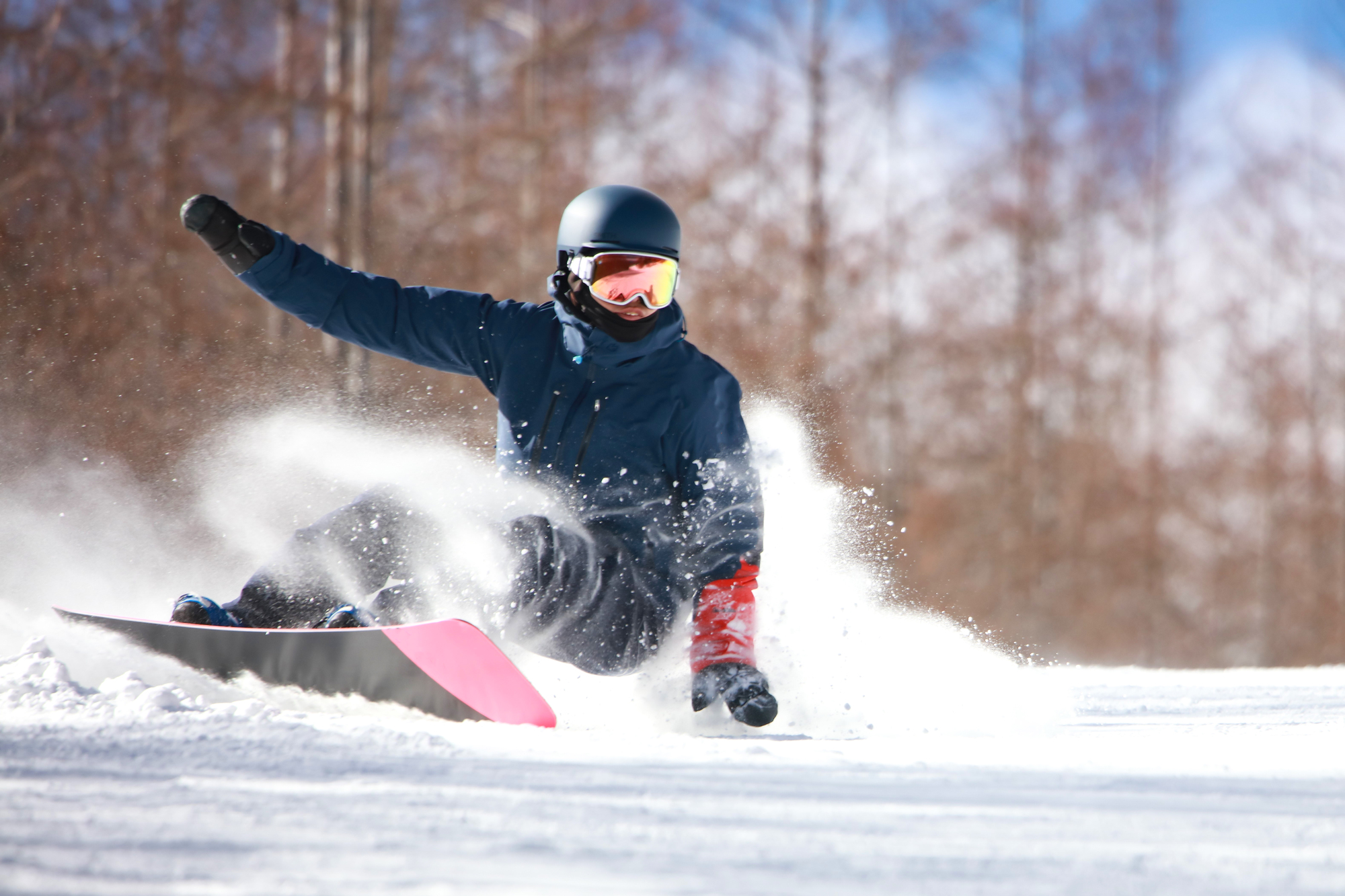
Protect yourself when you fall by wearing properly fitted protective gear.
About Skiing
Basic Knowledge
Basic Stance
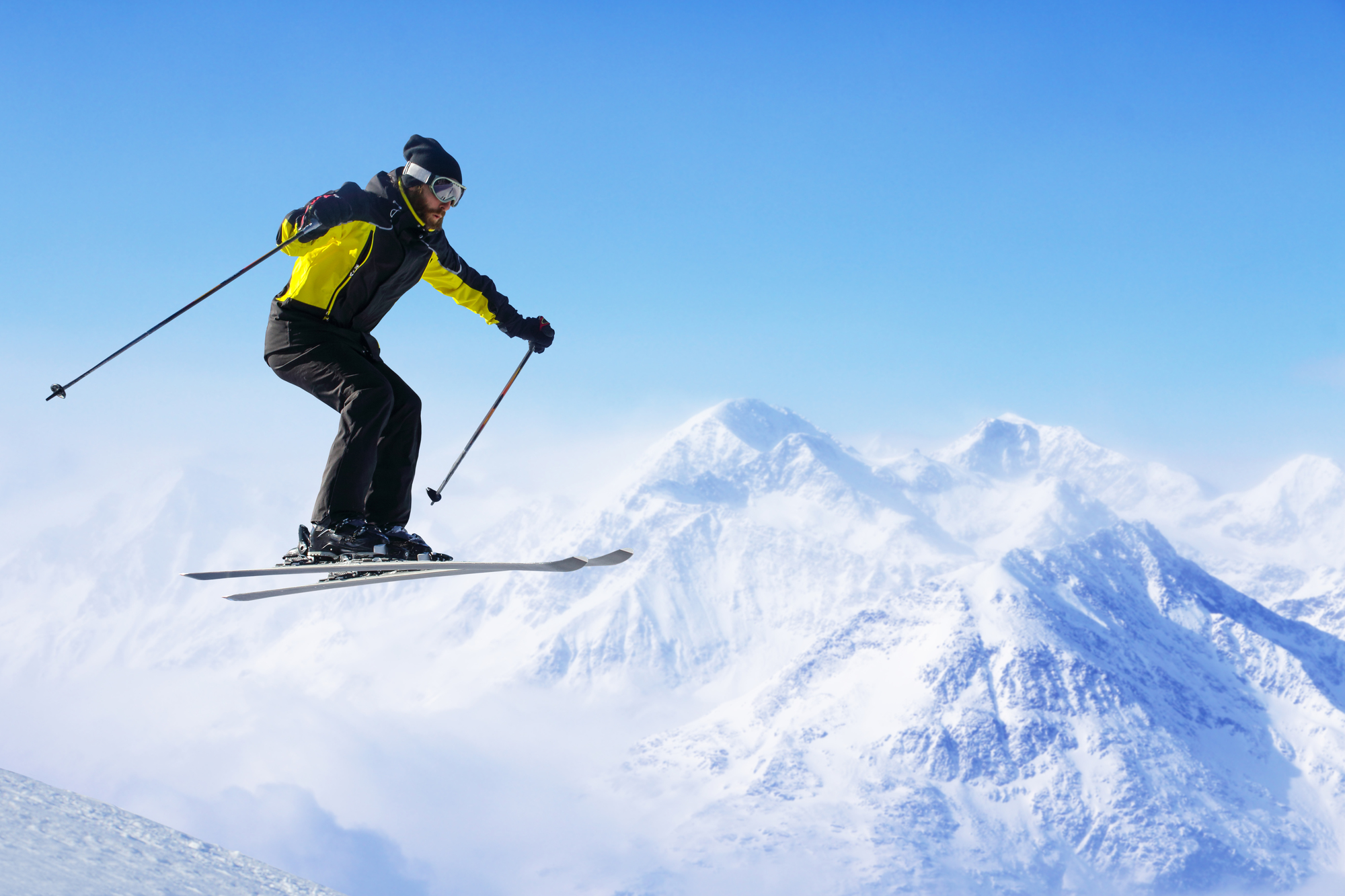
The correct skiing position is when the angle of your shins and back are parallel, and the line from your heels to your head forms a right angle with the ground.
An easy way to imagine this is: the posture you take when landing from a jump.
Practicing with this stance in mind will make skiing both more enjoyable and safer. You can even try it at home before hitting the slopes!
Recommended Beginner Technique: “Snowplow”
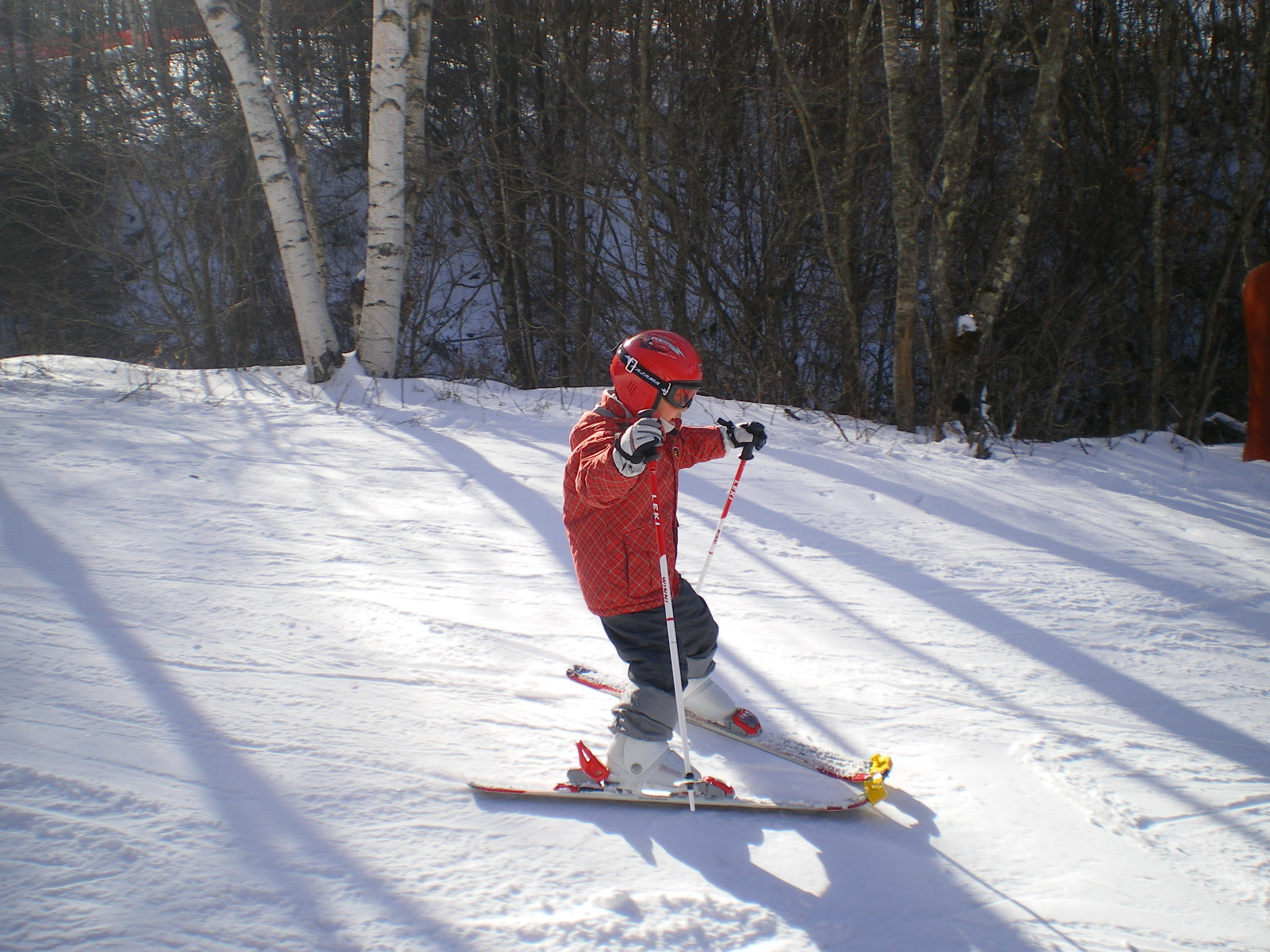
Also known as the “Pizza” or “Wedge” stance, this is the most basic skiing technique.
Point the tips of your skis inward to form a V-shape, bend your knees slightly, and lower your hips. This position allows you to control your speed while sliding.
How to Stop
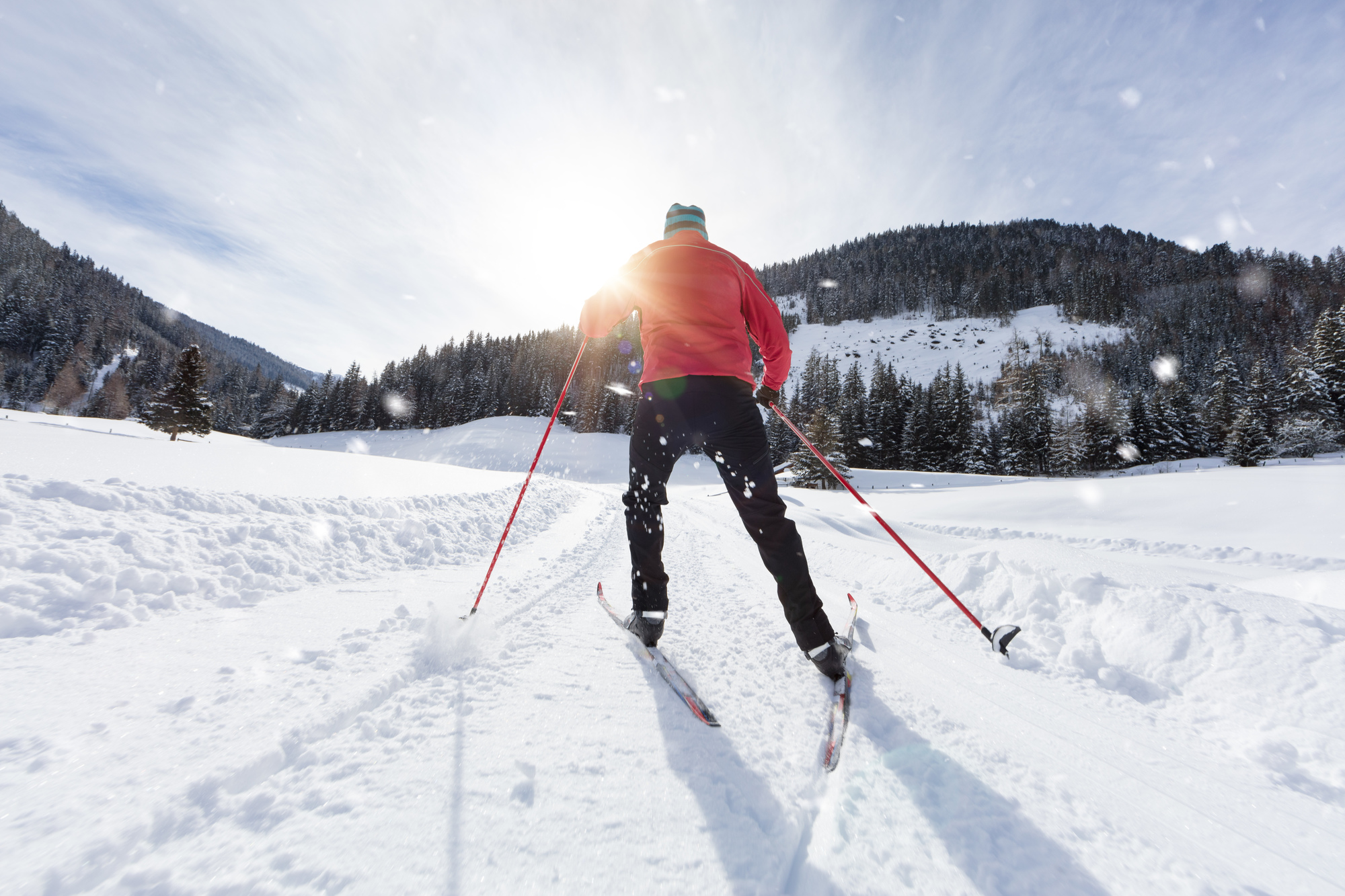
To stop, spread your skis into a reverse V-shape (snowplow stop) by pressing on your heels.
Be careful not to let the ski tips cross, and apply equal pressure to both skis.
How to Fall Safely
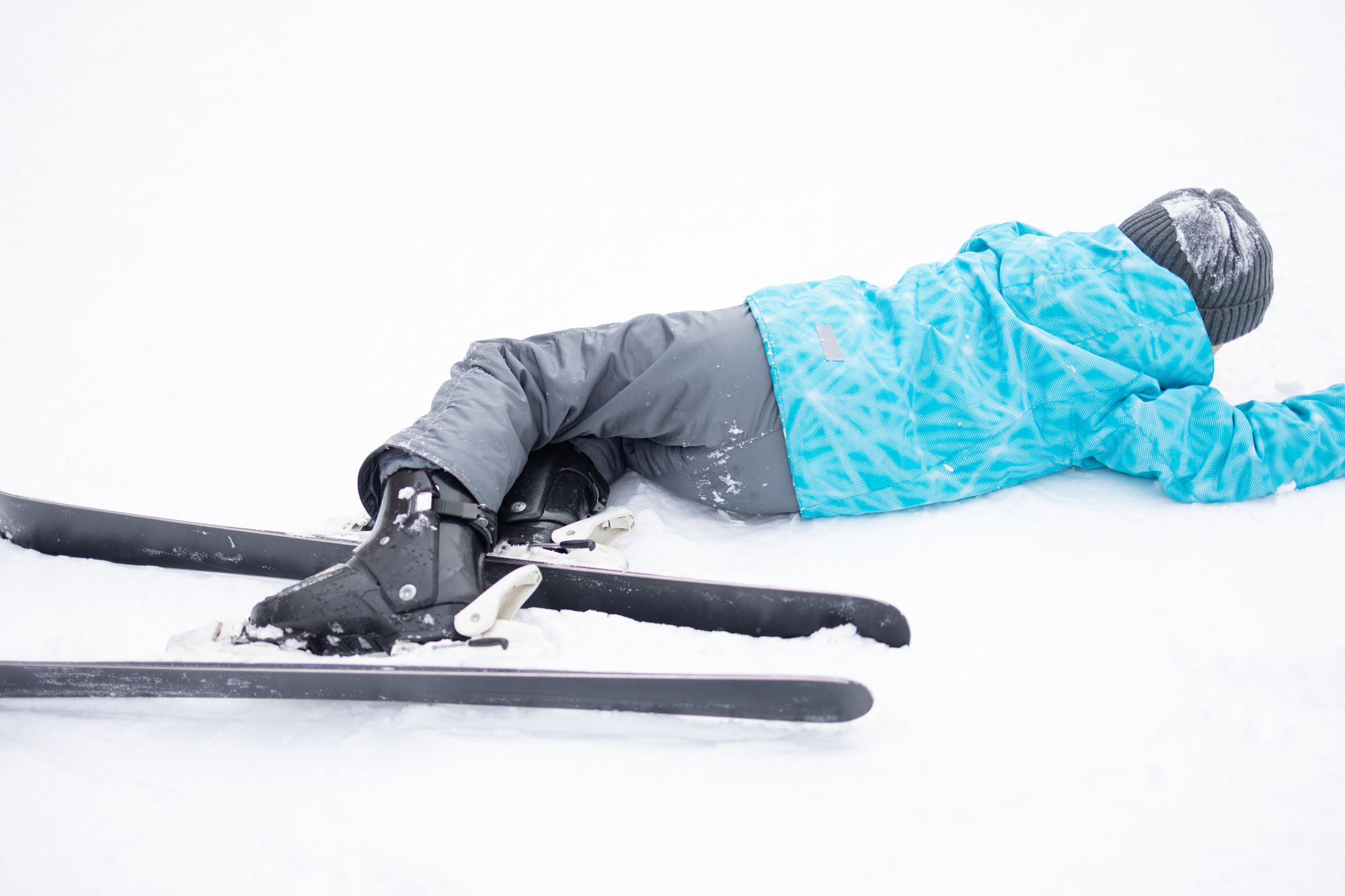
Falling forward can injure your face or arms, so always aim to fall to the side.
Keep your skis parallel and, if necessary, let go of your poles to reduce the risk of injury.
How to Stand Up After a Fall
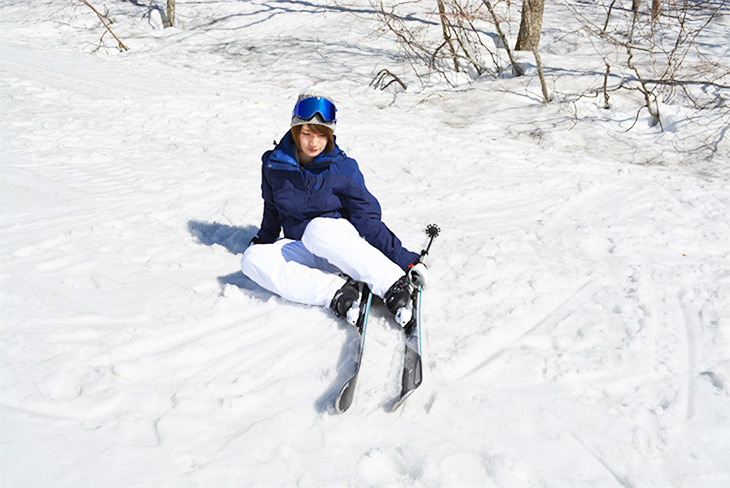
Practice standing up smoothly so you can continue skiing without delay.
When you fall, get on your knees, brace your body with your legs, and use your poles for support to rise. Always check your surroundings for safety before standing.
Easy Tricks for Beginners: Ski Skills You Can Try
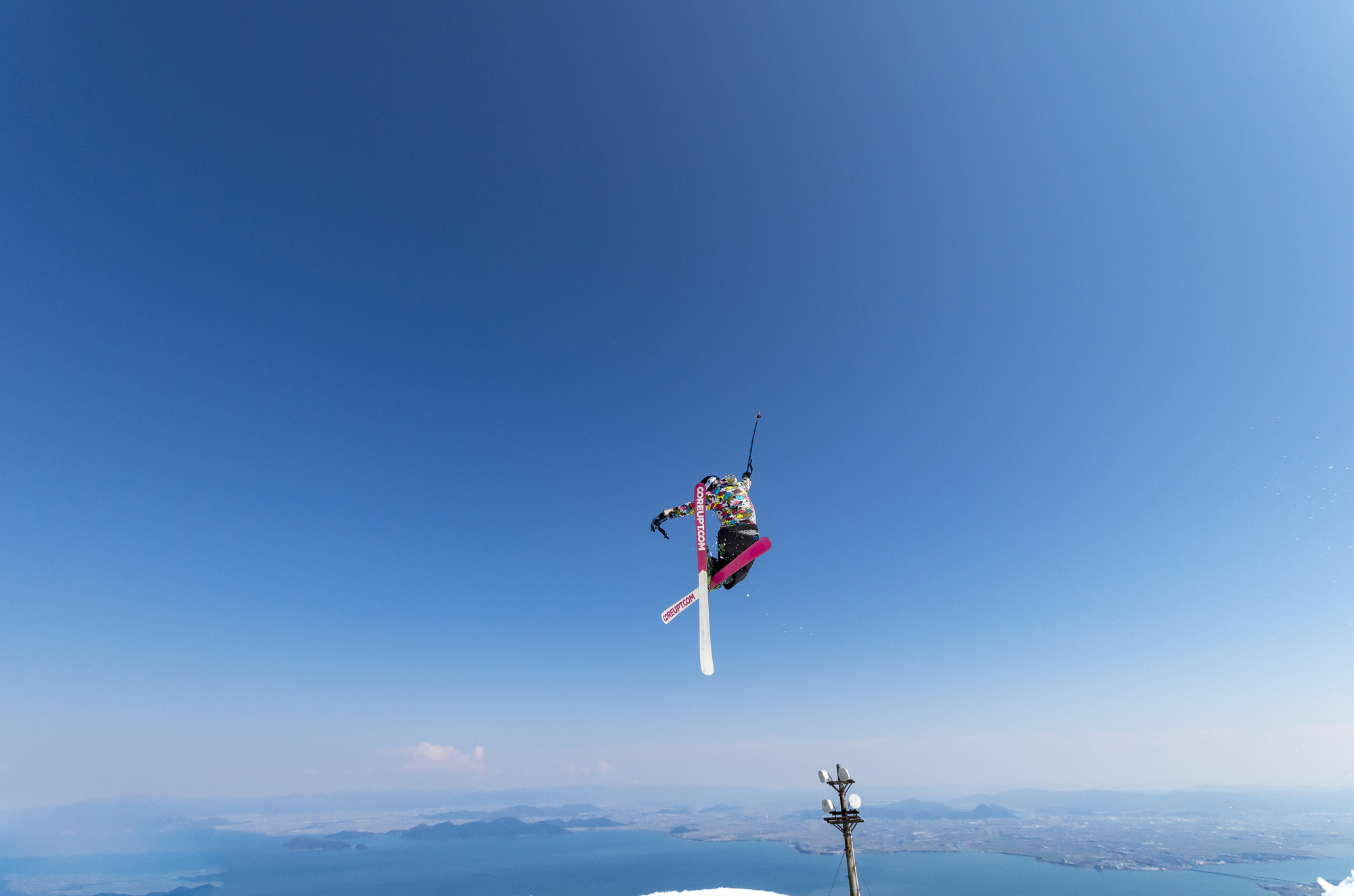
One of the thrills of skiing is mastering tricks. Even simple tricks can look dynamic and exciting, boosting both your confidence and the fun of the sport.
Here are some tricks that even beginners can try once they get more comfortable.
Jump
Use small kickers or natural bumps on the slope.
Bend your knees to gain speed, then stretch them as you leave the ground, lifting your skis like you’re popping them off the snow.
Turn
On flat terrain or gentle slopes, shift your weight onto your back ski and twist your body toward the direction you want to turn.
Use your skis to rotate and change your sliding direction smoothly.
Box & Rail Riding
In terrain park areas, approach at a controlled speed.
Keep your weight centered on the skis and ride over boxes or rails with balance.
Spin (Small Rotation)
Use a small jump to spin, for example, a 90-degree rotation in mid-air.
Focus on landing smoothly and continuing your run with flow.
Essential Ski Equipment
Skis
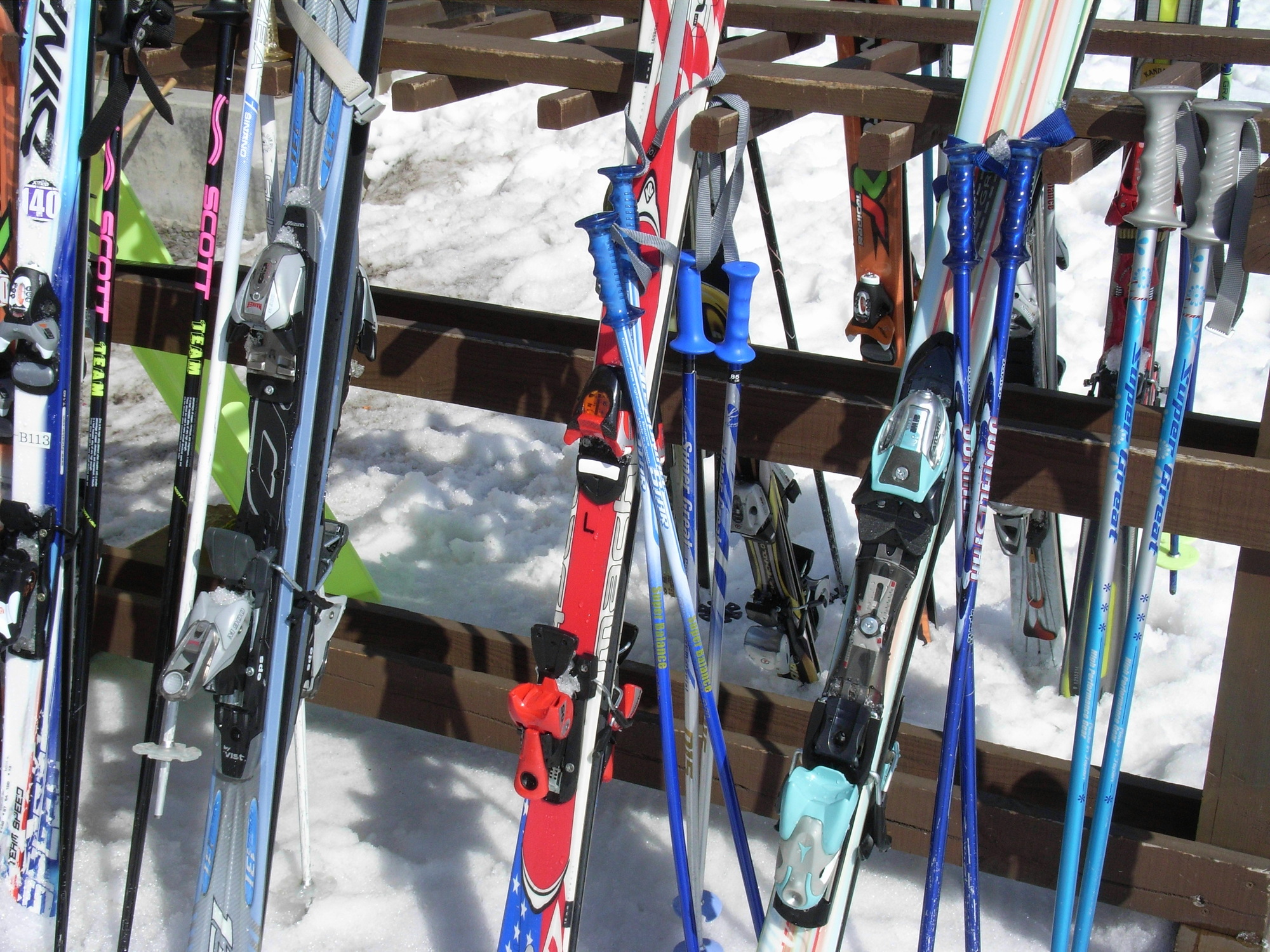
For beginners, we recommend choosing an “all-round model”, which makes it easier to stay stable while skiing.
If you rent, the staff will guide you in selecting the right pair.
Bindings
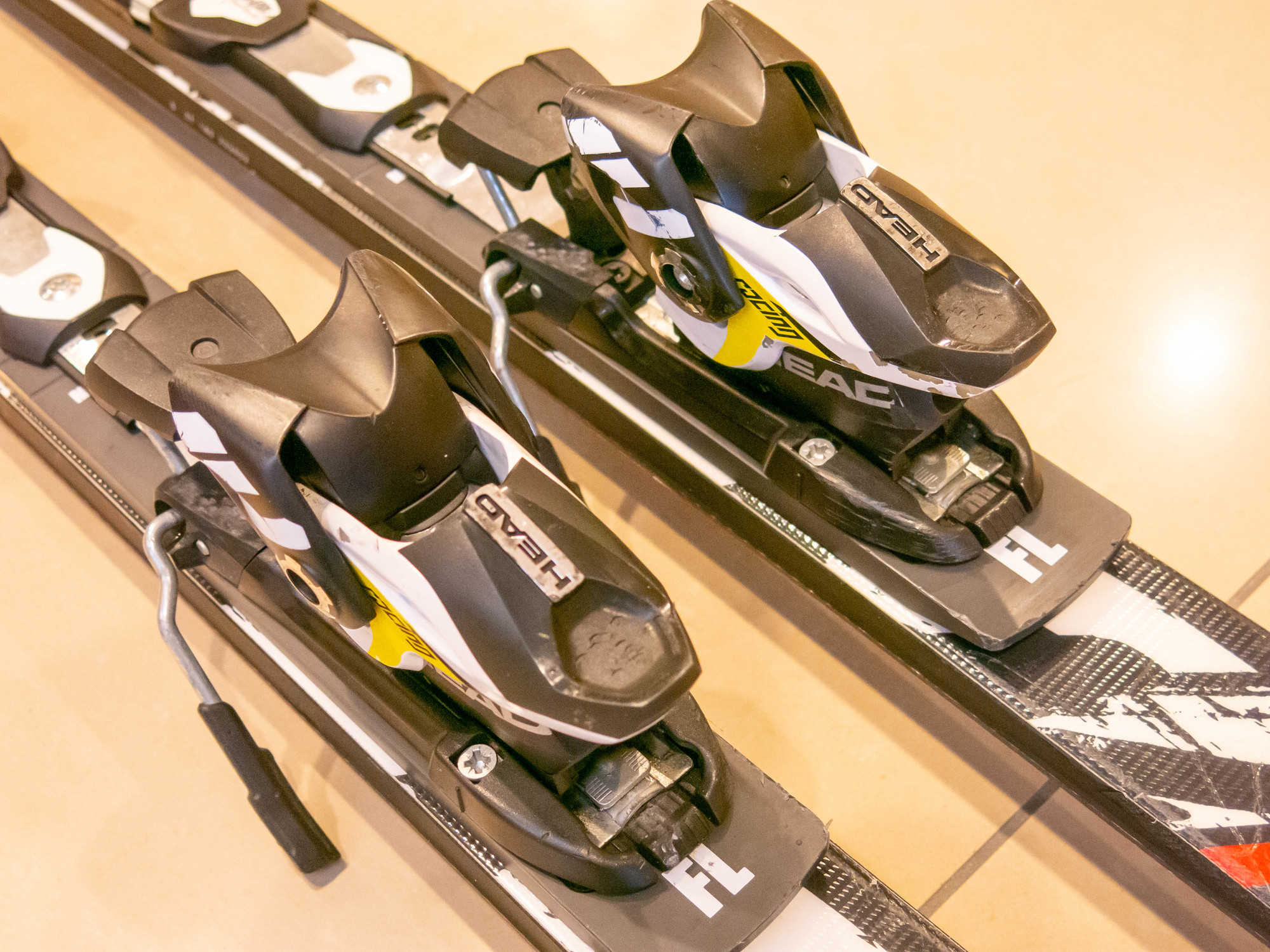
The bindings connect your ski boots to the skis.
Proper adjustment is crucial to ensure safety and performance.
Ski Boots
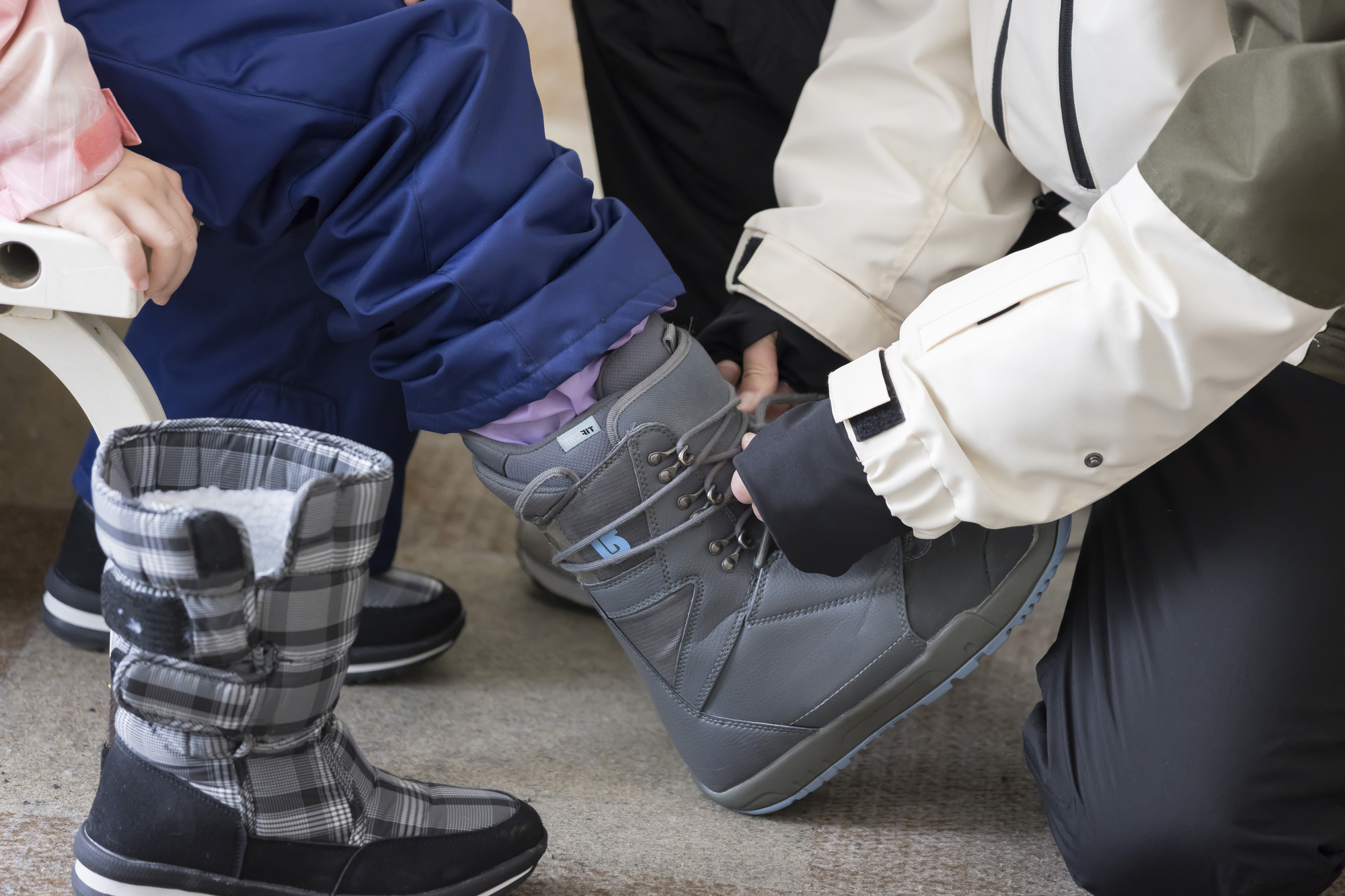
Boots that fit securely into your skis and hold your feet firmly are essential.
Be sure to choose ones that also provide comfort and warmth.
Poles (Ski Poles)
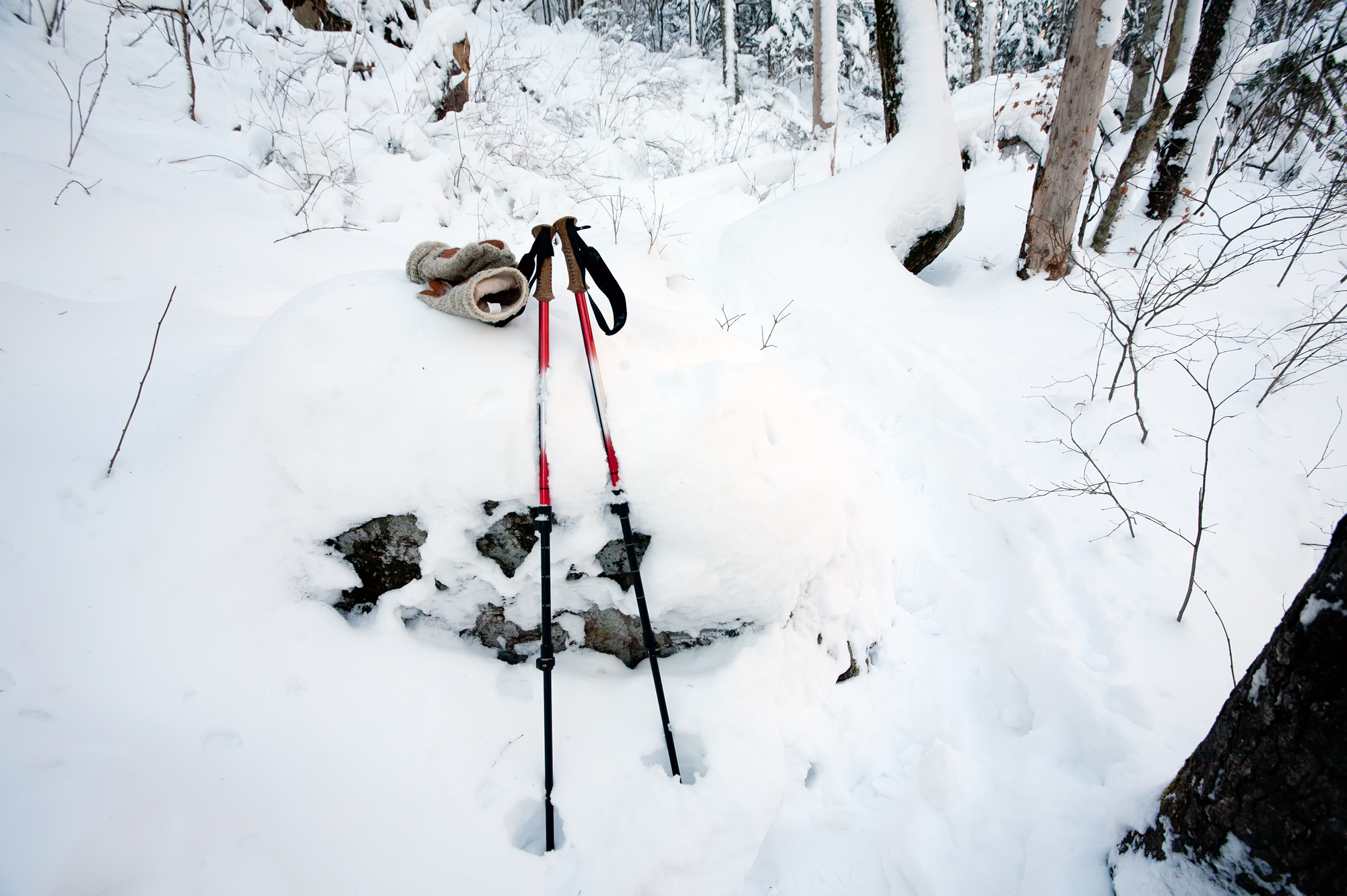
Poles provide support while skiing and help you maintain balance during turns.
Gloves / Helmet / Goggles
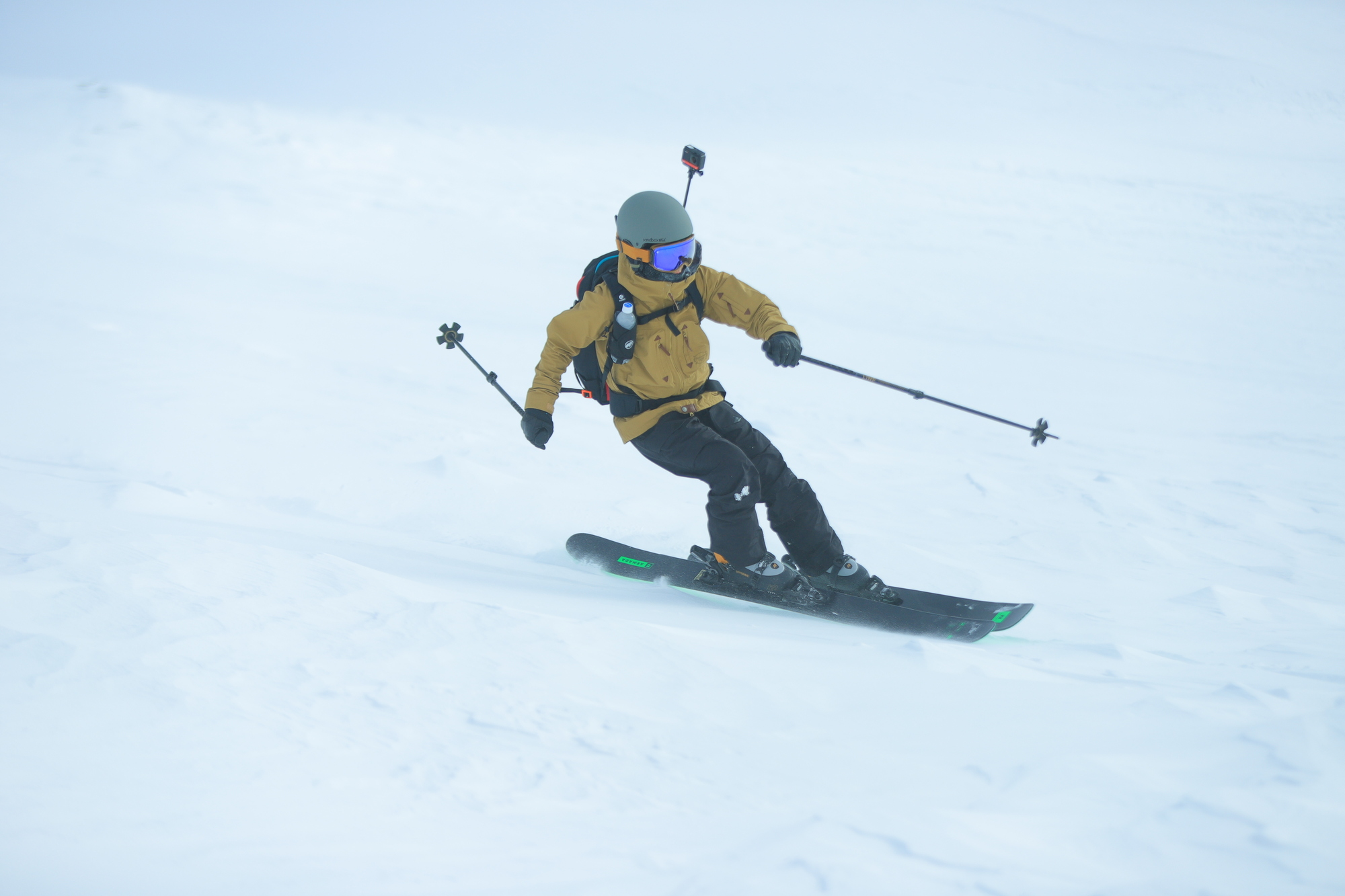
These are must-haves to protect yourself from falls or collisions.
Always wear properly fitted protective gear for safe skiing.
Key Terms You’ll See at Ski & Snowboard Resorts
Course Difficulty
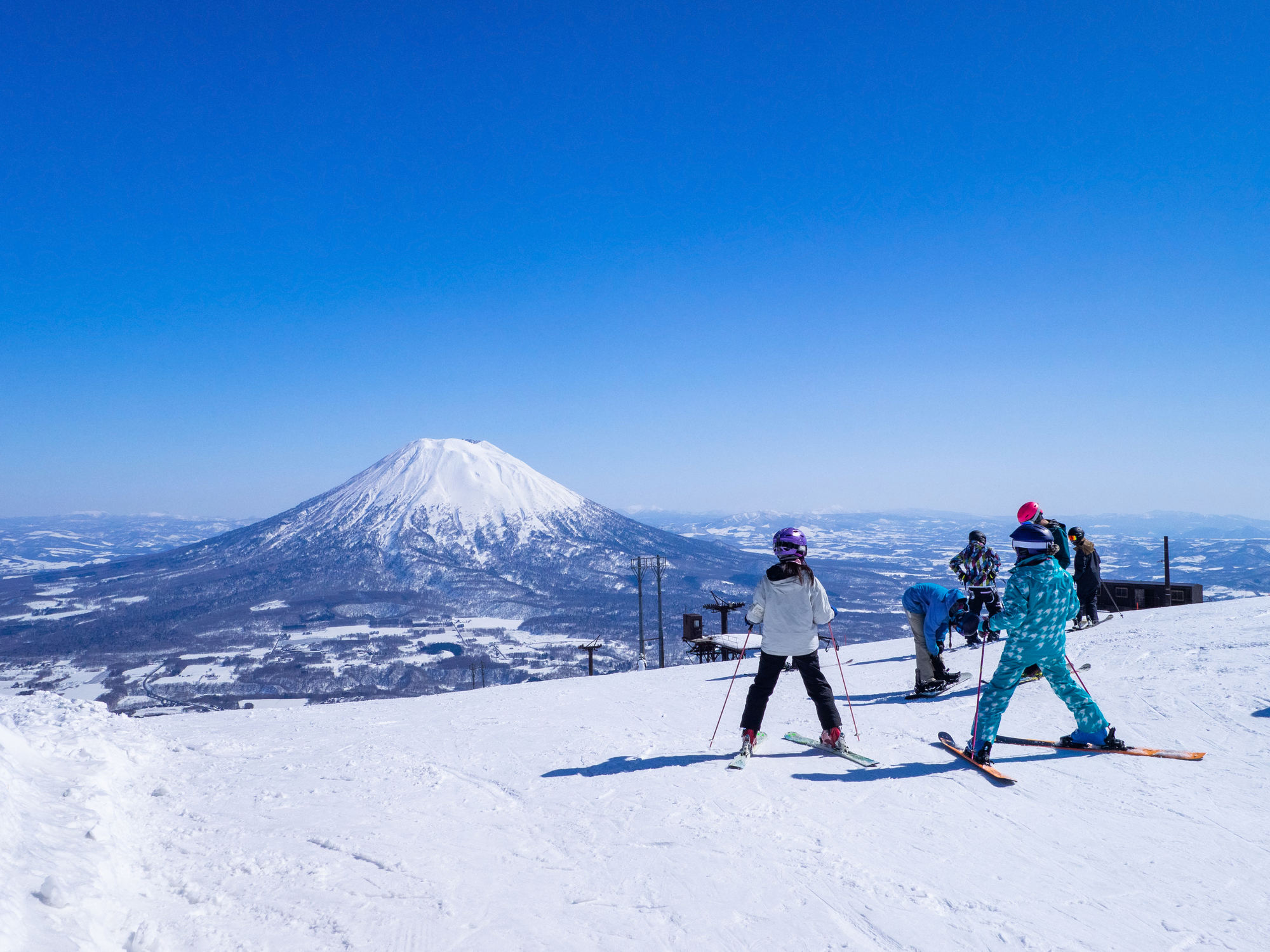
Slopes are divided into beginner, intermediate, and advanced levels. Most courses list both their maximum slope angle and average slope angle.
For beginners, it’s best to start on a course with a maximum slope of about 20° and an average slope of 10–14°.
The width of the course is also important—wider slopes give you more room to maneuver and reduce the risk of collisions, allowing for a more relaxed and refreshing skiing experience.
Once you gain confidence, try enjoying the ride while taking in the majestic mountain scenery.
Slope (Gelände)
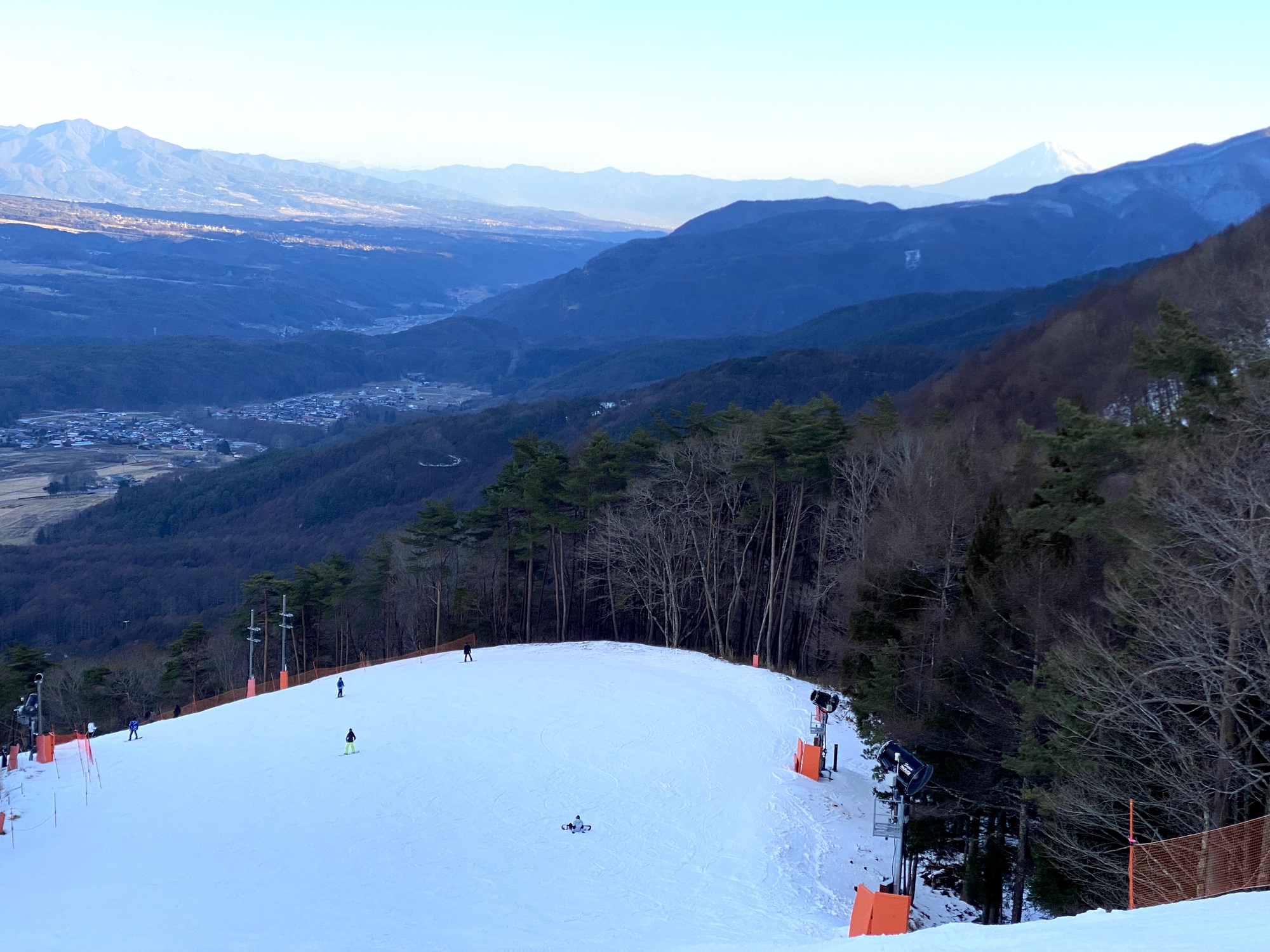
A dedicated area for skiing and snowboarding, divided according to shape and difficulty level.
Lift
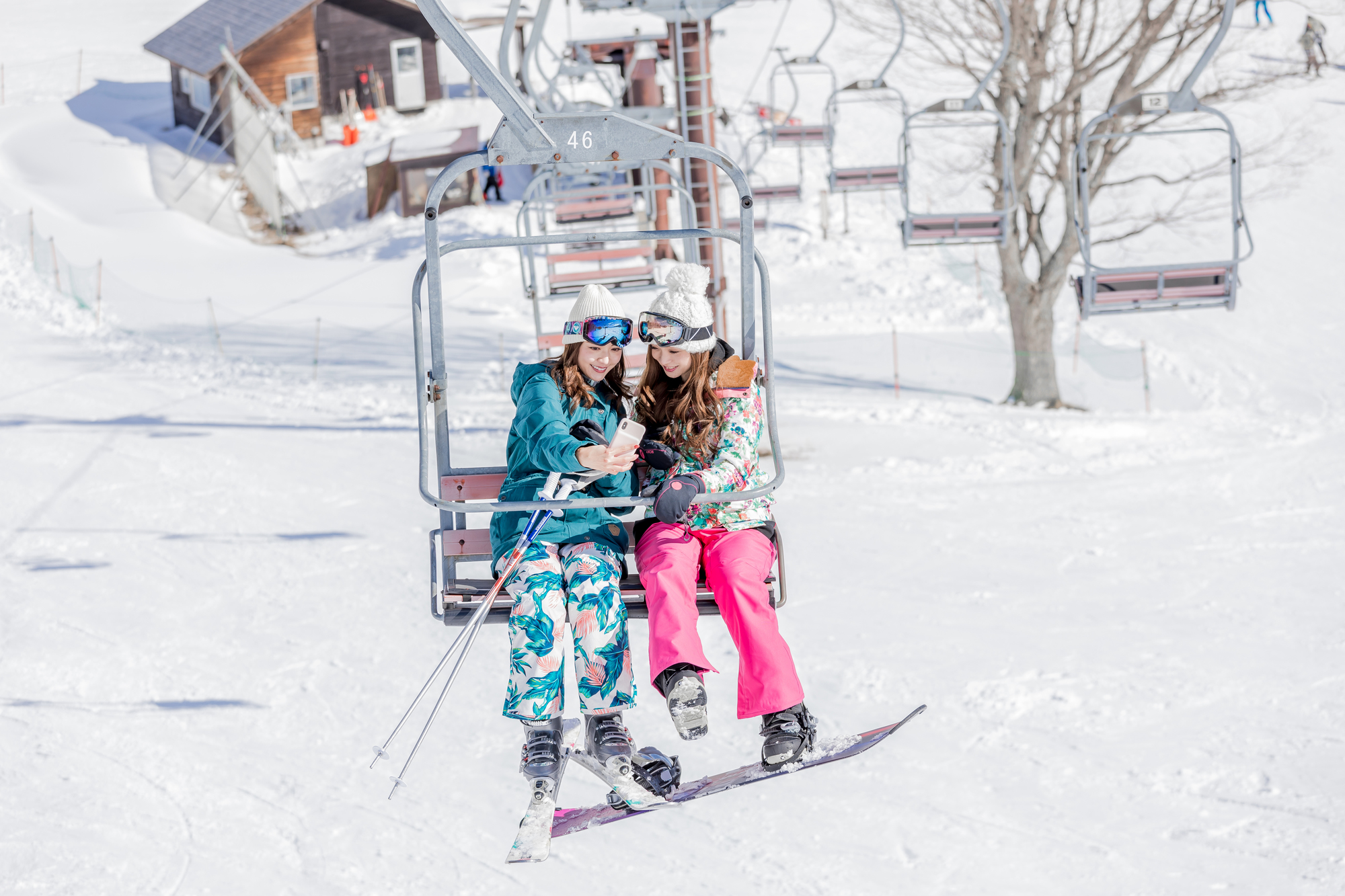
A device that transports you to the top of the slope while carrying skis or a snowboard.
Types include gondolas (enclosed cabins) and chairlifts (seated lifts).
Course
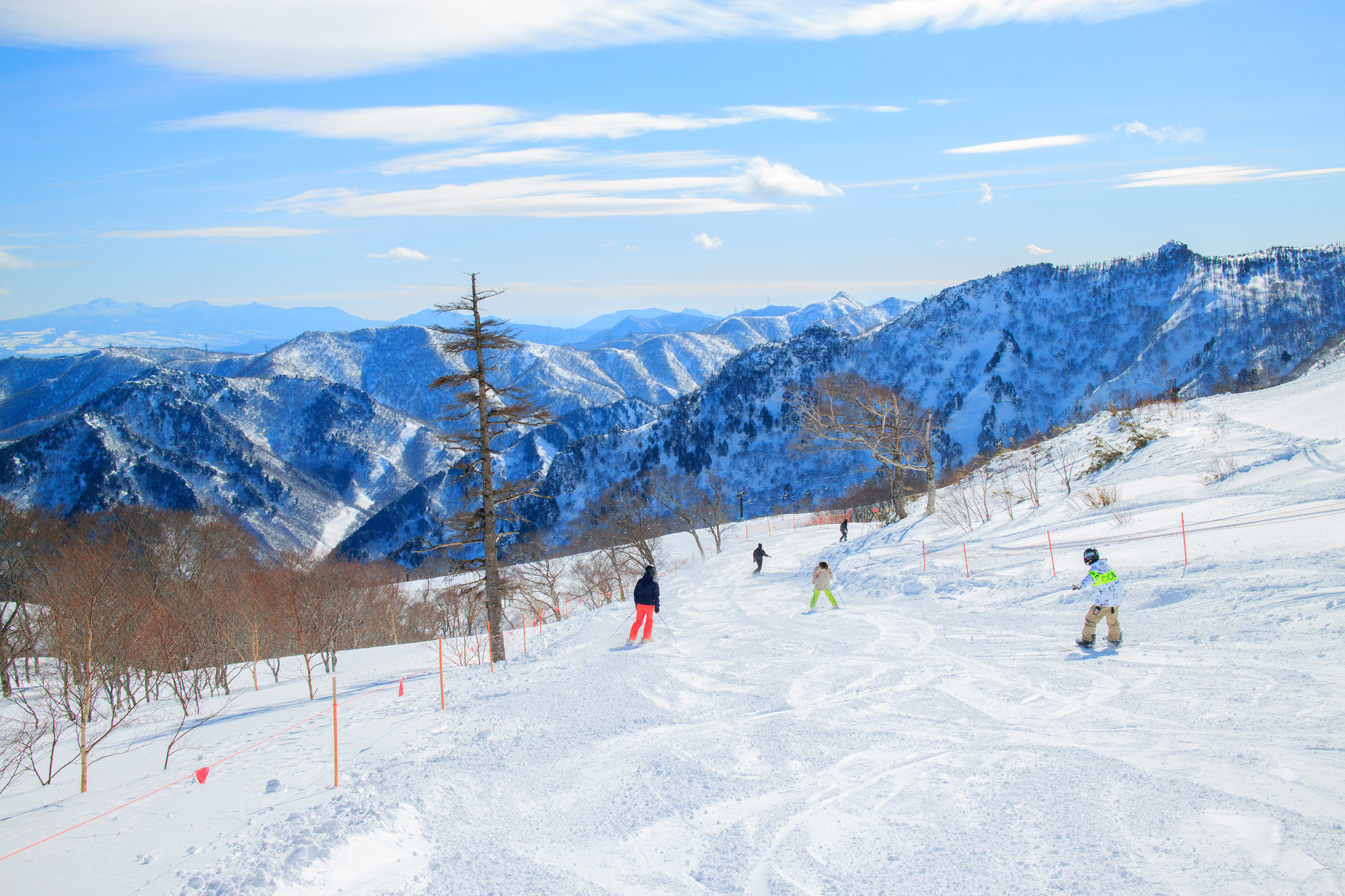
A specific trail within the ski slope.
Examples include gentle beginner slopes and steep advanced runs.
Park
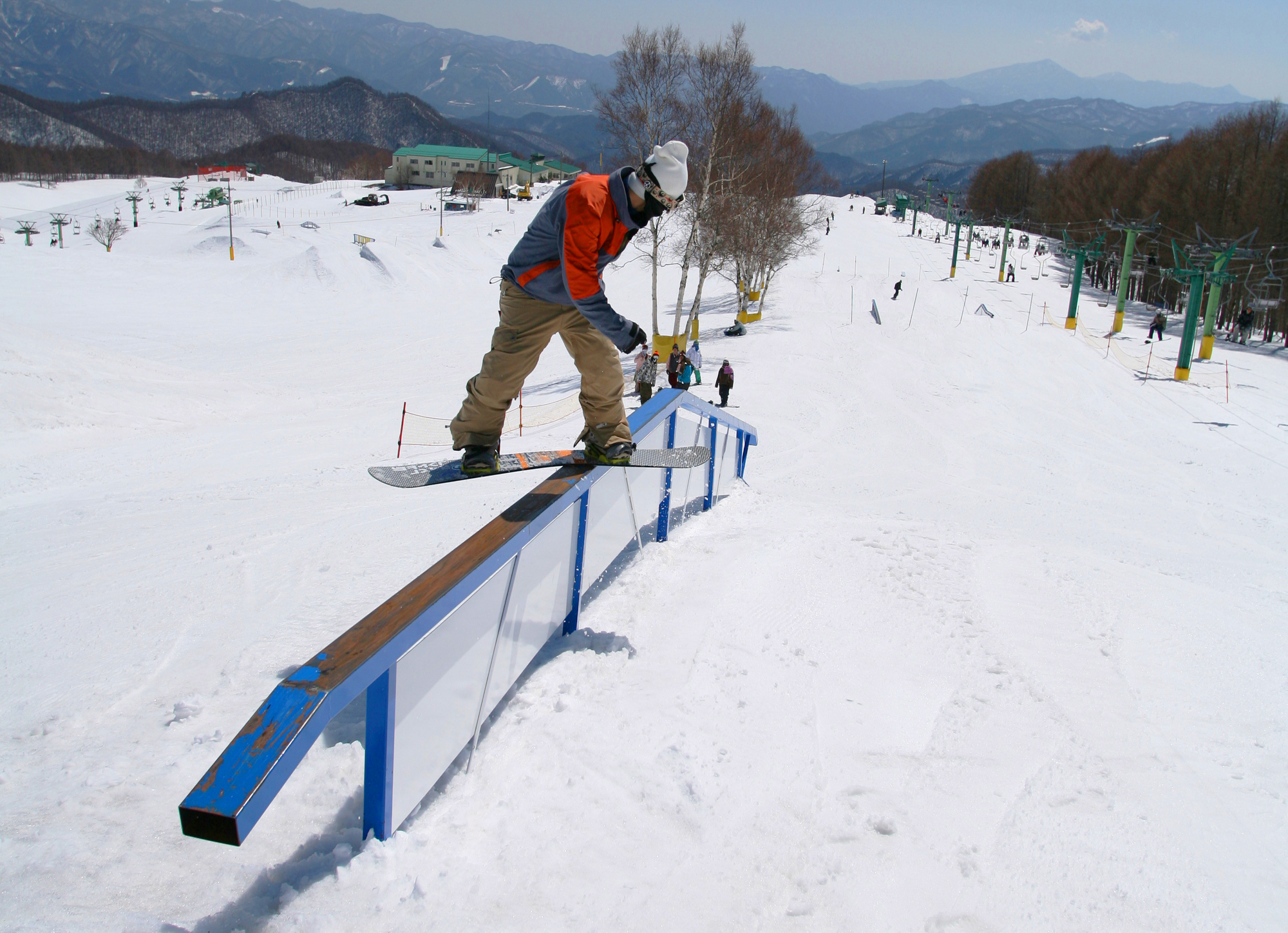
An area equipped with jumps, rails, and boxes, designed for practicing tricks and freestyle moves.
Snow Park
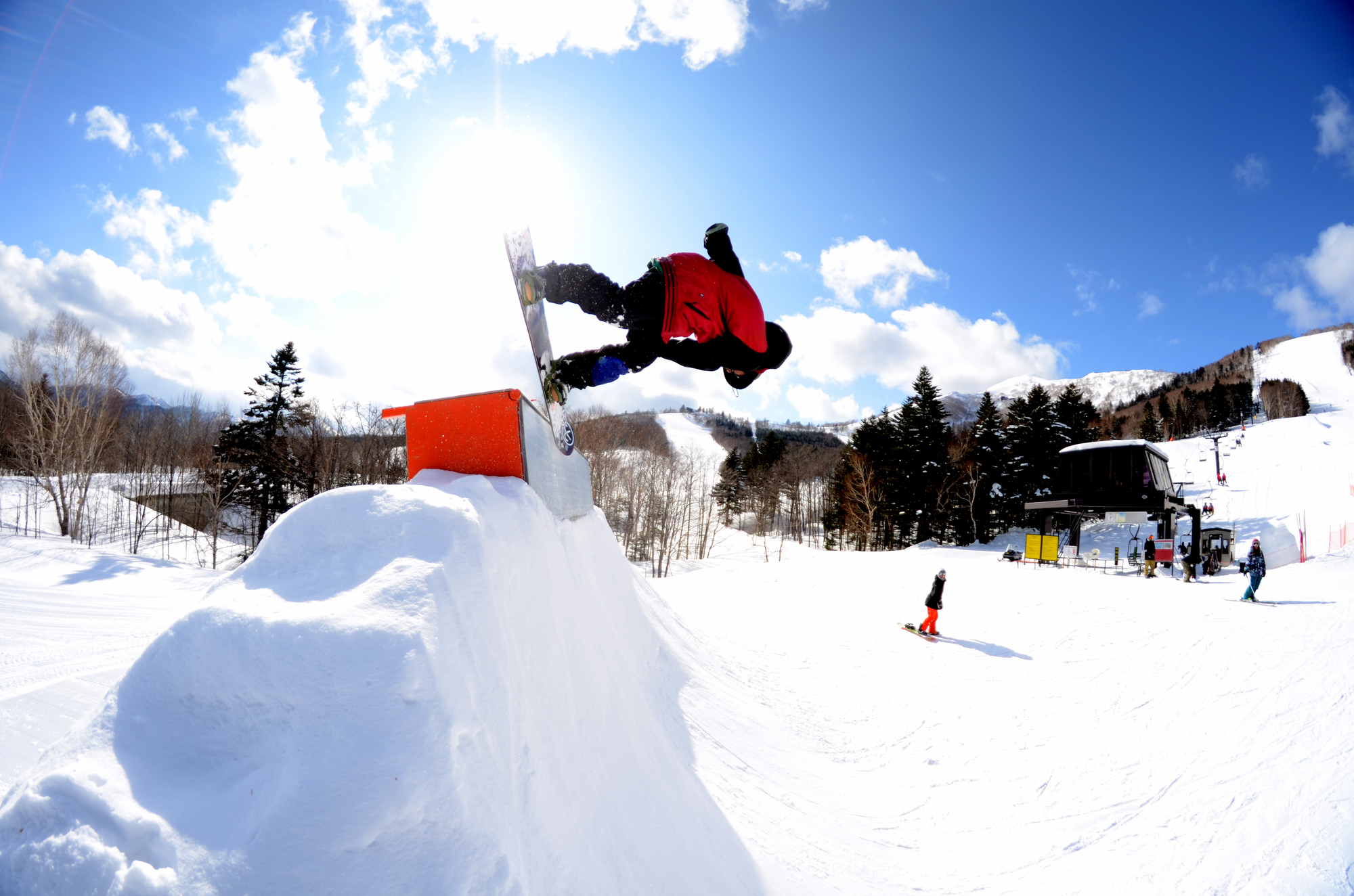
A section where skiers and snowboarders of all levels can enjoy jumping and trick practice.
Slalom
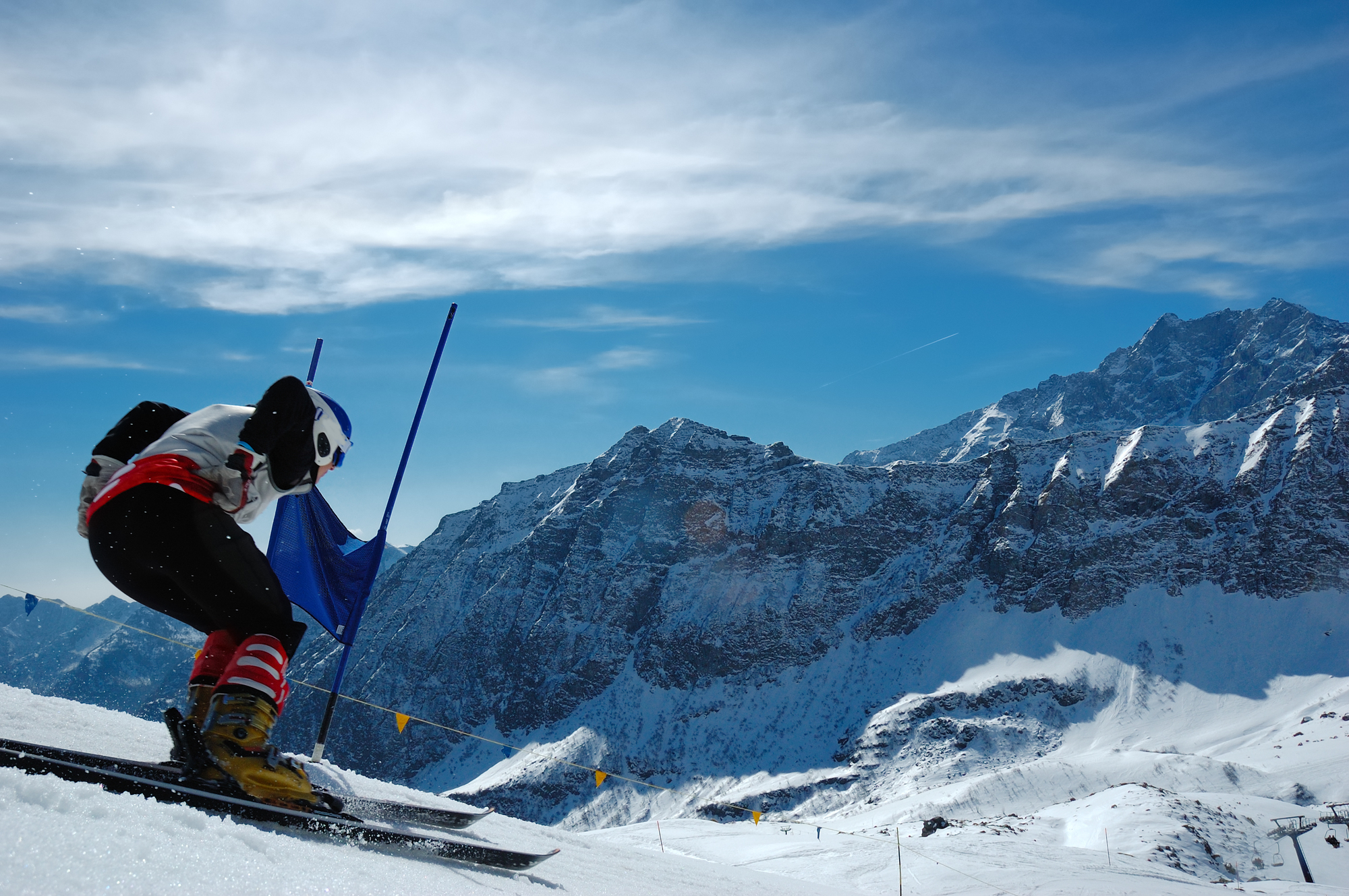
A skiing or snowboarding technique and competition that involves sliding through a series of poles placed on the course.
“Bahn” (Slope Section)
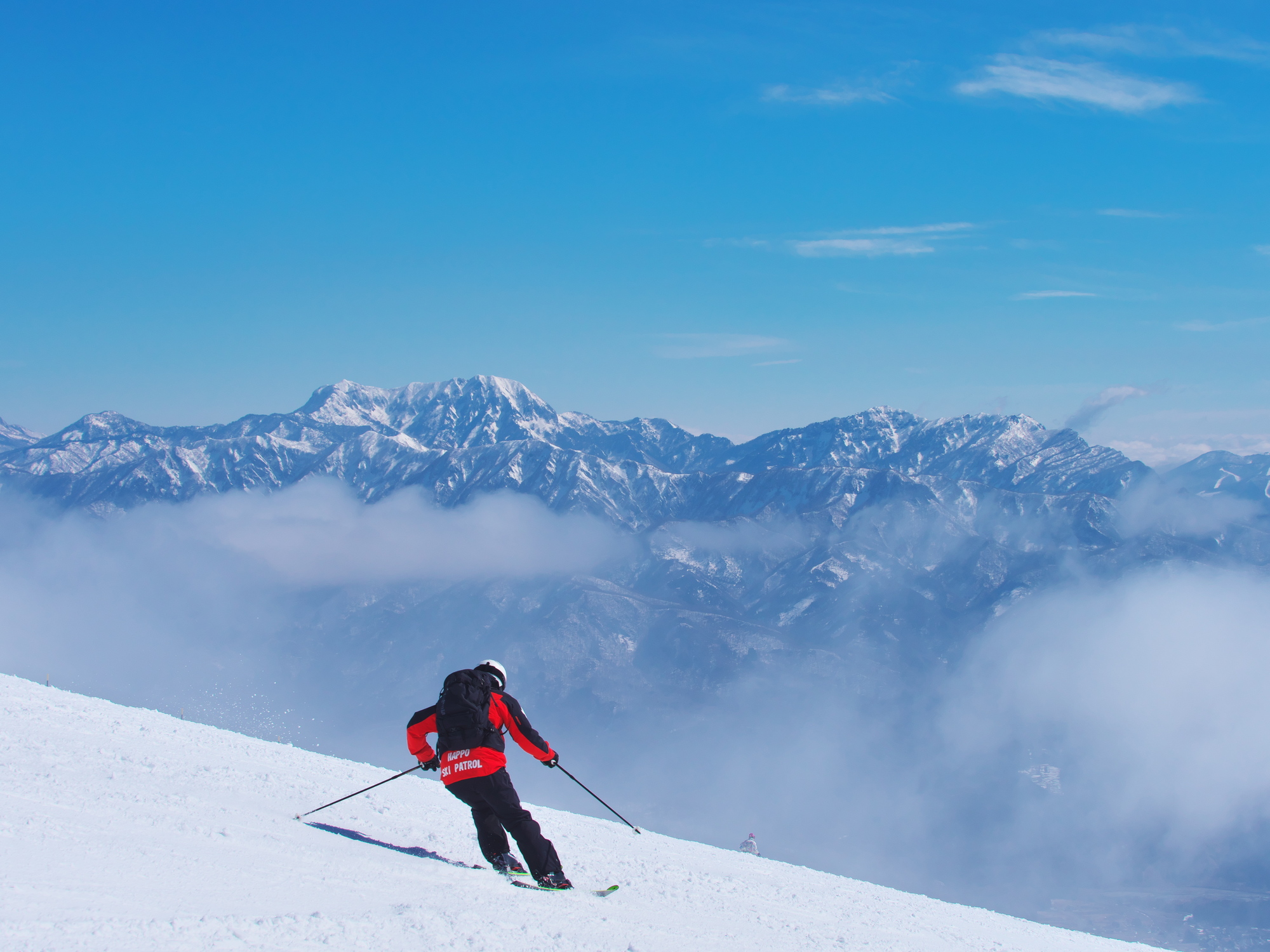
A Japanese term often used to describe a specific slope or section of the ski area.
Recommended Ski Resorts Around Yamanashi for Beginners
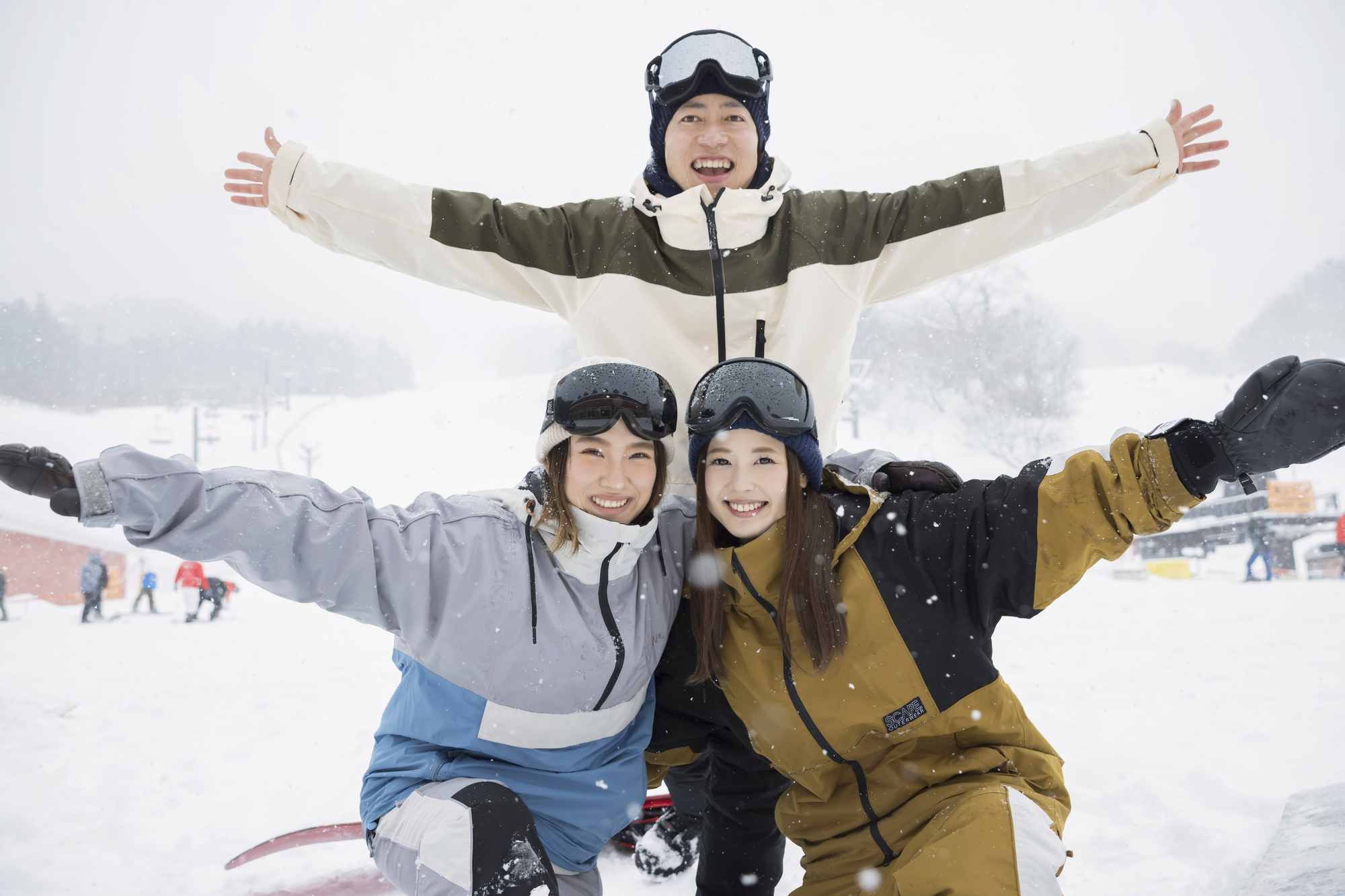
Fujiten Snow Resort
Located at the foot of Mt. Fuji in Narusawa Village, Fujiten Snow Resort offers a wide variety of courses and areas, suitable for everyone from beginners to advanced skiers and snowboarders.
With plenty of park features and family-friendly facilities, it’s a resort that truly has something for everyone.
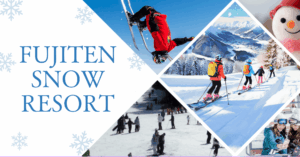
Sun Meadows Kiyosato Ski Resort
Known for its impressive 80% sunshine rate, Sun Meadows Kiyosato Ski Resort boasts one of the best locations for skiing and snowboarding.
Situated at the southern base of Mt. Akadake in the Yatsugatake Range, the summit offers sweeping views of the Kiyosato Plateau and Mt. Fuji.
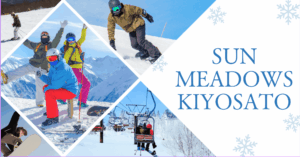
Kamui Misaka Ski Resort
Kamui Misaka Ski Resort is famously known as a training ground for Ayumu Hirano, who won gold in the men’s snowboard halfpipe at the 2022 Beijing Olympics.
Compact in size yet well-equipped, it’s ideal for families and offers a variety of courses for beginners through intermediate and advanced skiers.
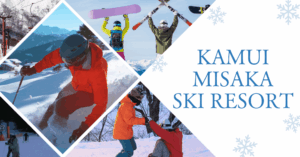
Snow Park Yeti
Located at the 2nd Station of Mt. Fuji on the Shizuoka side, Snow Park Yeti is Japan’s earliest-opening ski resort, kicking off its season in late October.
Its excellent access, including highway bus options, makes it an easy choice for a quick winter getaway.
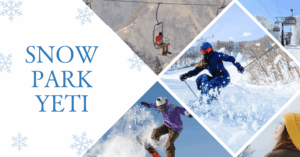
Summary
In this article, we introduced the basics of skiing and snowboarding along with four beginner-friendly ski resorts around Yamanashi.
Use this guide to enjoy a safe, fun, and memorable winter experience—whether you’re starting out on skis or snowboarding for the very first time!
Recommended for You! Featured Articles You May Also Like
-

Complete Guide to Outdoor Adventures at NaturaBase! 【Summary Edition】
-


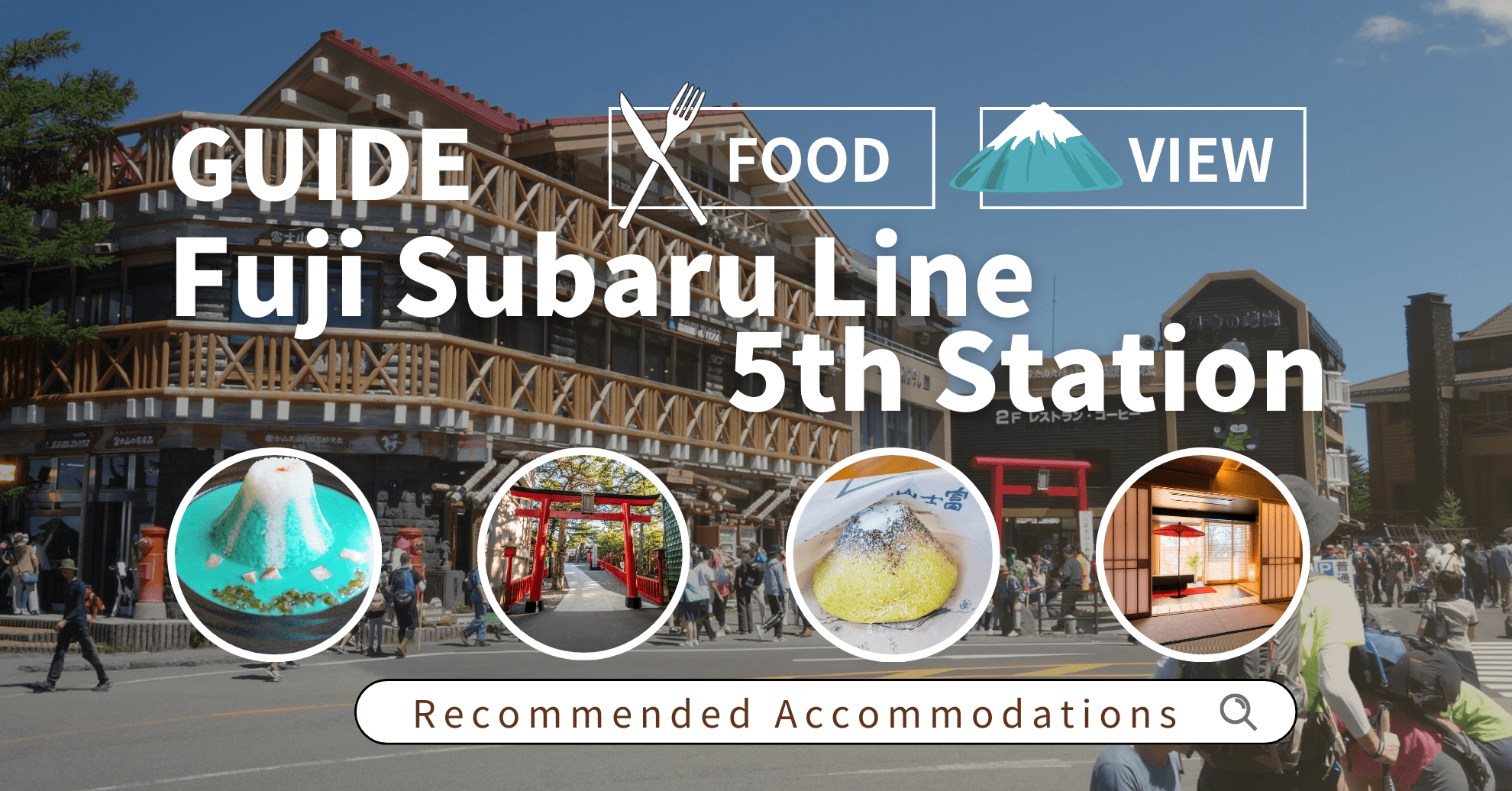
[Complete Guide] Enjoy Scenic Views & Nature: A Day Trip to Mt. Fuji Subaru Line 5th Station (with Hotel Recommendations)
-


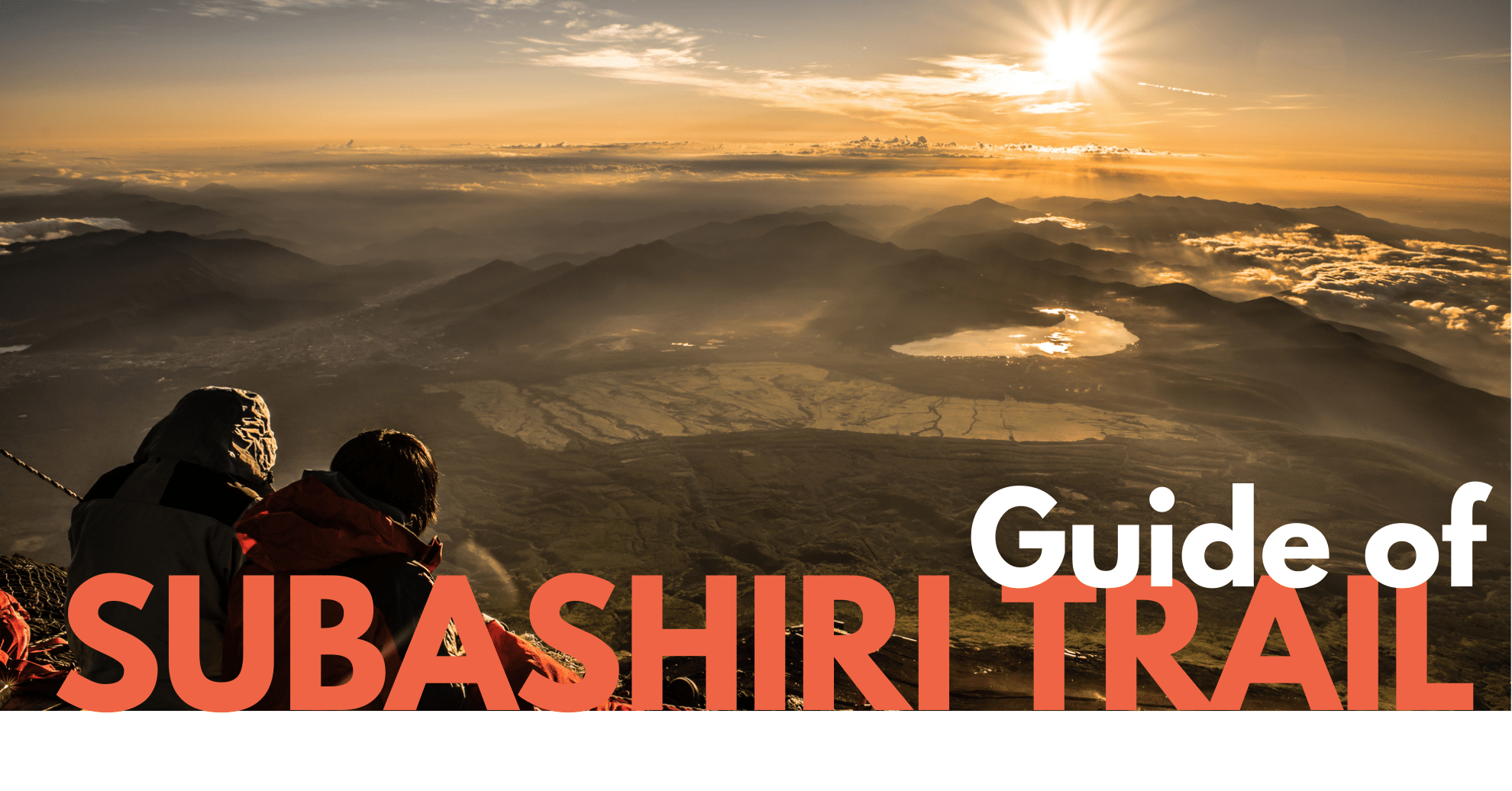
[2025] Complete Guide to the Subashiri Trail on Mt. Fuji|Mountain Huts, Trail Details, and Access
-


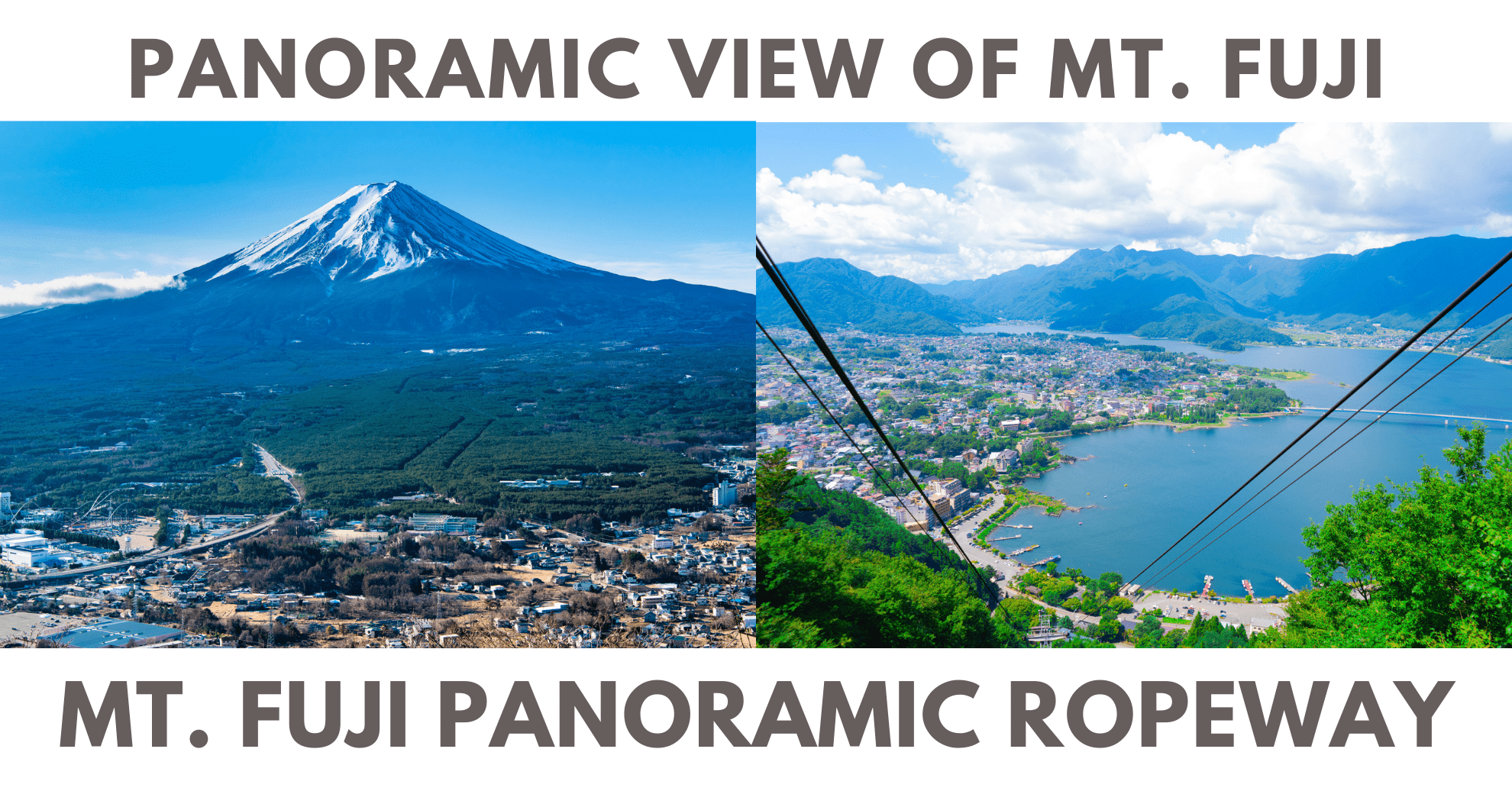
Mt. Fuji Panoramic Ropeway – The Ultimate Spot for Stunning Views of Mt. Fuji & Lake Kawaguchiko
-


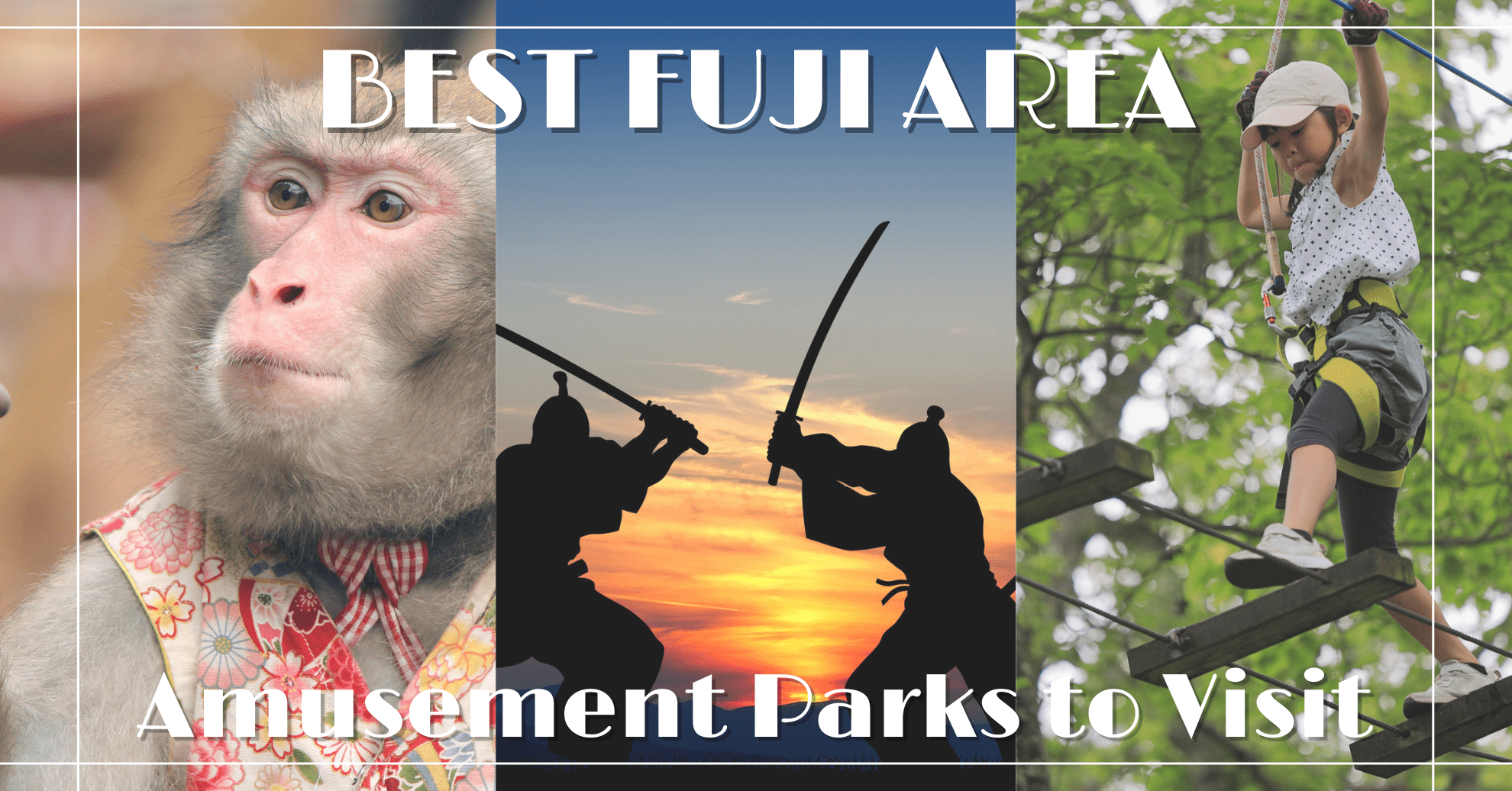
Top 3 Theme Parks in the Mt. Fuji Area for Family Fun and Outdoor Adventures
-



Discover the Spirit of Japan in Yamanashi — Matcha Tea Ceremony Experience Tours (Day Trips from Tokyo & Local Hotels)

